 Abraham Lincoln
If given the truth, the people can be depended upon to meet any national crisis...
Abraham Lincoln
If given the truth, the people can be depended upon to meet any national crisis...
 Guildford news...
for Guildford people, brought to you by Guildford reporters - Guildford's own news service
Guildford news...
for Guildford people, brought to you by Guildford reporters - Guildford's own news service
Birdwatcher’s Diary No.244
Published on: 17 Nov, 2021
Updated on: 17 Nov, 2021
By Malcolm Fincham
November brought with it our first few ground frosts in localised areas of Surrey.
A meandering flow in the Jet Stream brought alternating cool and warm air systems. In southern counties, for the most part high pressure kept the Jet Stream to our north and a south-westerly breeze daytime temperatures remained, above normal.
On November 4, once again in the company of birdwatching pals Bob and Dougal, we ventured out to Priory Pond in Reigate.
A female ring-necked duck had again returned to overwinter there for a second year.
These birds are native to North America, Alaska, Canada. Each year vagrants appear in Britain. Although escaped captive birds are considered with these reports.
As on our previous visit a handful or so wigeon along with a few shoveller ducks had returned to winter there.
Among the usual groups of mallards, coots and moorhen a couple of little grebes could also be viewed.
With some daylight still to spare, we stopped off at Leith Hill on our return. In recent years it has been regularly used as an observation post for birds. And being the highest viewpoint in Surrey, it was of ‘high’ esteem, (pun intended) among numerous watch-points across southern counties of the UK.
Just earlier that day, in excess of 10,000 fieldfares were counted flying west, observed from the tower. While more than 3,000 redwings and a large winter movement of over 6,000 wood pigeons were counted.
Our visit was one more of respect, and just as well as the sunlight had already began to wane by the time we had walked up to the tower.
It was pleasant, however, to hear a brief call from a tawny owl mid afternoon. A bird I have still yet to see so far this year. And a few bramblings present were a pleasing addition.
If nothing else, it was pleasant to visualise beyond the ‘Surrey cocoon’ I so often wrap myself in.
To the north I looked out toward the London skyline, attempting to recognise some of the many buildings that had sprung-up there since my youth.
While more serene to my vision, the South Downs beckoned to the coast, despite the distant rain clouds.
One of my regular favourite places to visit at this time of the year is Effingham Forest. Especially with the arrival of winter visitors from across the North Sea. Much movement and activity of various flocks can be seen there.
Redwings could now be seen in good numbers, some flying though and occasionally perching up.
Some even seen now stripping the yew trees of berries.
Groups of fieldfares could also be seen.
There had been a large irruption of bramblings from Scandinavia reported again this year. Many had followed the route down into France in recent weeks, but good numbers had arrived in the UK. They could be seen feeding on beech mast around the Surrey Hills.
Much winter movement of large groups of wood pigeons could also now be viewed around the Surrey Hills.
Weather conditions were certainly not in my favour for my photography. Although mild and dry for the most part, there was a lack of sunshine.
Revisiting there on November 11 it was particularly murky, although fruitful in its variety of species on show.
As many as four hawfinches could seen perched up.
Counting in excess of 25 bramblings and flocks of 30-plus lesser redpolls.
Six common crossbills.
Most surprising was briefly hearing a song thrush giving a short rendition of its song from deep within the tall pines, just prior to dusk.
Although wood pigeon numbers had dropped since my previous visit, there was an increase in the number of redwings.
Out on the heathland of Whitmoor Common at Worplesdon, the weakening sunlight lit up the birds now going to roost, with a subtle orange glow obscuring their usual daylight colours.
Meadow pipits continued to feed well camouflaged within the surrounding terrain.
Within the mobile flocks, a few reed buntings could be picked out.
And also linnets.
In a cordoned-off area a small flock of sheep had recently been released to graze. A hardy Hebridean species by the look of them, and endearing to watch.
As the sun lowered in the western sky, a pair of crows sidled up together as they settled in to roost in the rapidly cooling air about them
In St Mary’s Churchyard at Perry Hill, berries were still abundant on the trees. The holly at the entrance still showed a copious supply, with only a few wood pigeons showing an occasional interest. The yew tree berries had, however, had become an attraction.
A jay had already taken an interest to one of my favoured benches, and showed no resistance to give it up.
A small task force of other jays could also be observed, burying their quarry with hope their larders won’t be subject to theft from those with prying eyes. Not even trusting each other as to where they stashed their cache.
Various thrushes had begun to take an interest. As did I, as I watched from the comfort of another of the benches in the churchyard. In spite of the occasional passing ‘cheery’ dog walker, it was an ideal spot to while away some time bird watching. Although still ‘up’ to walking a good few miles, it was a pleasant change to let the bird’s come to me.
At first apprehensive and doing their best to stay incognito about my presence, it wasn’t too long before a few birds had began to come into the range of my camera. Although mostly remaining undercover within the evergreens, a variety of thrushes had begun to deplete the mature yew trees of their berries.
Among the culprits “caught on camera” were:
Song thrushes
Mistle thrushes.
And blackbirds.
Once in a while cumbersome movements among the branches would reveal a grey squirrel helping itself to a berry or two.
A brief spell of sunshine revealed one of several red admiral butterflies seen that day.
All in all it was surprising to achieve such a variety of species to photograph within just an hour of viewing.
Other birds, including goldcrests.
And a firecrest, also looking for insects within the ancient yew trees.
A robin.
Several blue tits.
Coal tits.
And even briefly, a great spotted woodpecker.
At Britten’s Pond, along Salt Box Road, a common buzzard could be viewed on several occasions.
It seemed to have a deliberate habit of upsetting the crows on more than one occasion. Wilfully winding them up as it gleefully glided through on the far side of the pond.
At 4pm I was reminded another day was coming to a close. Jackdaws were leaving their pre-roost site in the line of trees to the rear of the pond heading the short distance to join up with their companions, cohorts, and cousins in an already assembling daily roost site at Slyfield.
The jackdaw’s call is a hard ‘tchack’ from which it gets its name. And they are renowned to gather in large numbers.
Quite possibly they were the inspiration to Daphne du Maurier, who spent much of her life in Cornwall and where I have also seen them in such numbers. Tn her 1952 writing of The Birds, later, loosely adapted by Alfred Hitchcock in his 1963 American natural horror-thriller film of the same name.
Another quick flash-by from the resident kingfisher and it was time to call it a day!
At the Riverside Nature Reserve, near Burpham on November 7, while in the company of Bob and Dougal, we were firstly surprised to see a brimstone butterfly pass by me, as we walked across the boardwalk.
Under the shelter of the sallows that stretched the marshy area along the boardwalk, between the lake and the River Wey, a few wintering teal could now be viewed.
While the raft of tufted ducks continued to be on display in the centre of the lake.
The most commonly heard sound there continued to be the long-tailed tits, that resonated and bordering to that of a mild form of tinnitus, after a while.
The instantly recognisable “squealing pig” sound of a water rail could be heard.
Making a poor attempt of concealing itself in the topmost branches of a tree, a kestrel could be observed.
While across the River Wey, as we walked back along the towpath, a typically sly-fox could be viewed attempting unsuccessfully to remain hidden within the undergrowth.
Among the stems of the now decaying vegetation in the same area, a stonechat perched.
A real bonus that day, as we made our way back along the towpath, was a Cetti’s warbler that let out its abrupt call from just beyond the wire fencing and only a matter of yards from where we stood.
Patiently we waited in silence, watching for any movement in the direction from where the sound came, eventually we were rewarded.
And despite the continuing “grey-day weather!”, I was also rewarded with what I felt were some rather pleasing pictures off this very reclusive critter!
Responses to Birdwatcher’s Diary No.244
Leave a Comment Cancel replyPlease see our comments policy. All comments are moderated and may take time to appear.
Recent Articles
- Guildford Institute’s Crowdfunding Project for Accessible Toilet in its New Community and Wellbeing Centre
- Letter: Guildford – Another Opportunity Missed?
- Letter: GBC’s Corporate Strategy – Where Is the Ambition?
- My Memories of John Mayall at a Ground-breaking Gig in Guildford Nearly Six Decades Ago
- Westborough HMO Plans ‘Losing the Heart of the Street’ Says Resident
- College Invests to Boost Surrey’s Economy and Close Digital Skills Gap
- Community Lottery Brings Big Wins for Local Charities
- GBC Housing Plan Promises ‘A Vibrant Urban Neighbourhood’ Near Town Centre
- Hospital Pillows ‘Shortage’ at the Royal Surrey
- Updated: Caravans Set Up Camp at Ash Manor School


Recent Comments
- Ian Macpherson on Updated: Main Guildford to Godalming Road Closed Until August 1
- Sara Tokunaga on GBC Housing Plan Promises ‘A Vibrant Urban Neighbourhood’ Near Town Centre
- Michael Courtnage on Daily Mail Online Reports Guildford Has Highest-paid Council Officer
- Alan Judge on GBC Housing Plan Promises ‘A Vibrant Urban Neighbourhood’ Near Town Centre
- John Perkins on GBC Housing Plan Promises ‘A Vibrant Urban Neighbourhood’ Near Town Centre
- S Collins on GBC Housing Plan Promises ‘A Vibrant Urban Neighbourhood’ Near Town Centre
Search in Site
Media Gallery
Dragon Interview: Local Artist Leaves Her Mark At One of England’s Most Historic Buildings
January 21, 2023 / No Comment / Read MoreDragon Interview: Lib Dem Planning Chair: ‘Current Policy Doesn’t Work for Local People’
January 19, 2023 / No Comment / Read MoreA3 Tunnel in Guildford ‘Necessary’ for New Homes, Says Guildford’s MP
January 10, 2023 / No Comment / Read More‘Madness’ for London Road Scheme to Go Ahead Against ‘Huge Opposition’, Says SCC Leader
January 6, 2023 / No Comment / Read MoreCouncillor’s Son Starts Campaign for More Consultation on North Street Plan
December 30, 2022 / No Comment / Read MoreCounty Council Climbs Down Over London Road Works – Further ‘Engagement’ Period Announced
December 14, 2022 / No Comment / Read MoreDragon Interview: GBC Reaction to the Government’s Expected Decision to Relax Housing Targets
December 7, 2022 / No Comment / Read MoreHow Can Our Town Centre Businesses Recover? Watch the Shop Front Debate
May 18, 2020 / No Comment / Read More



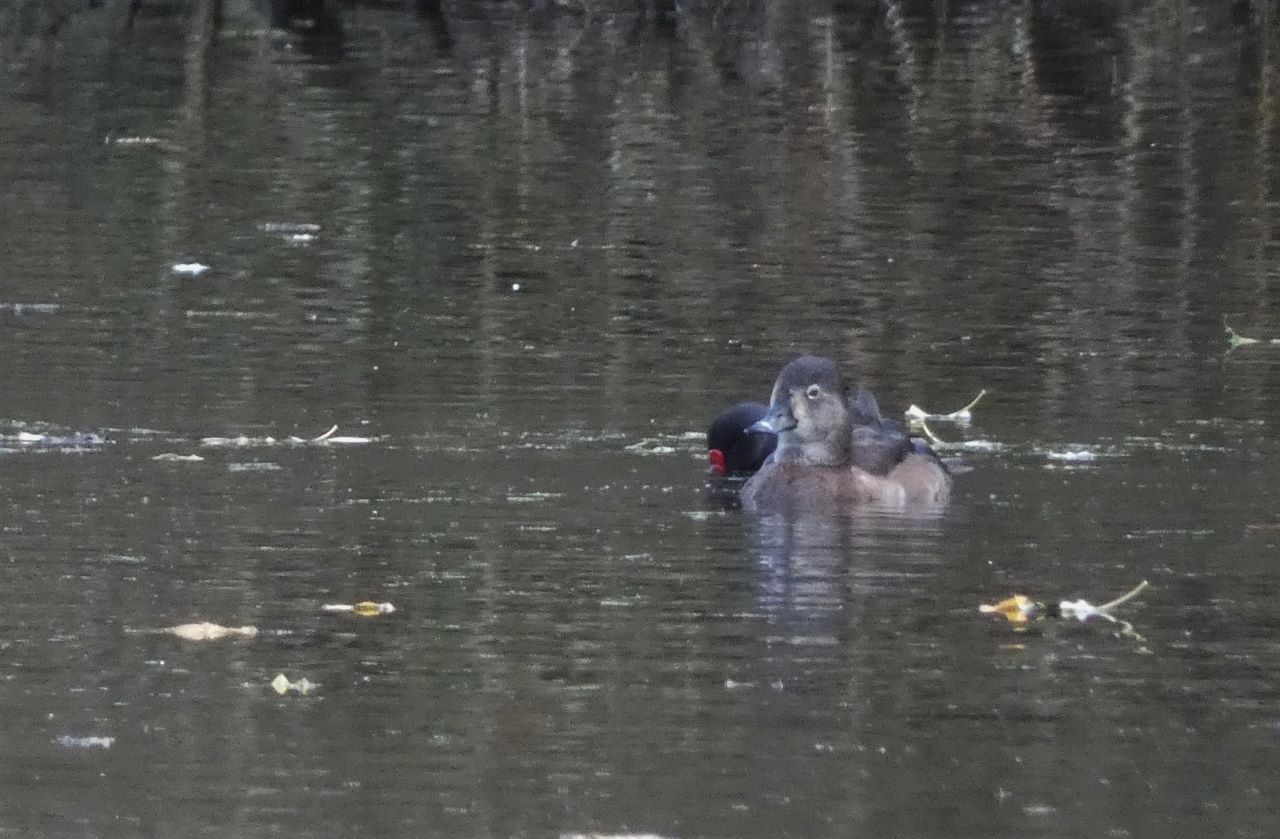
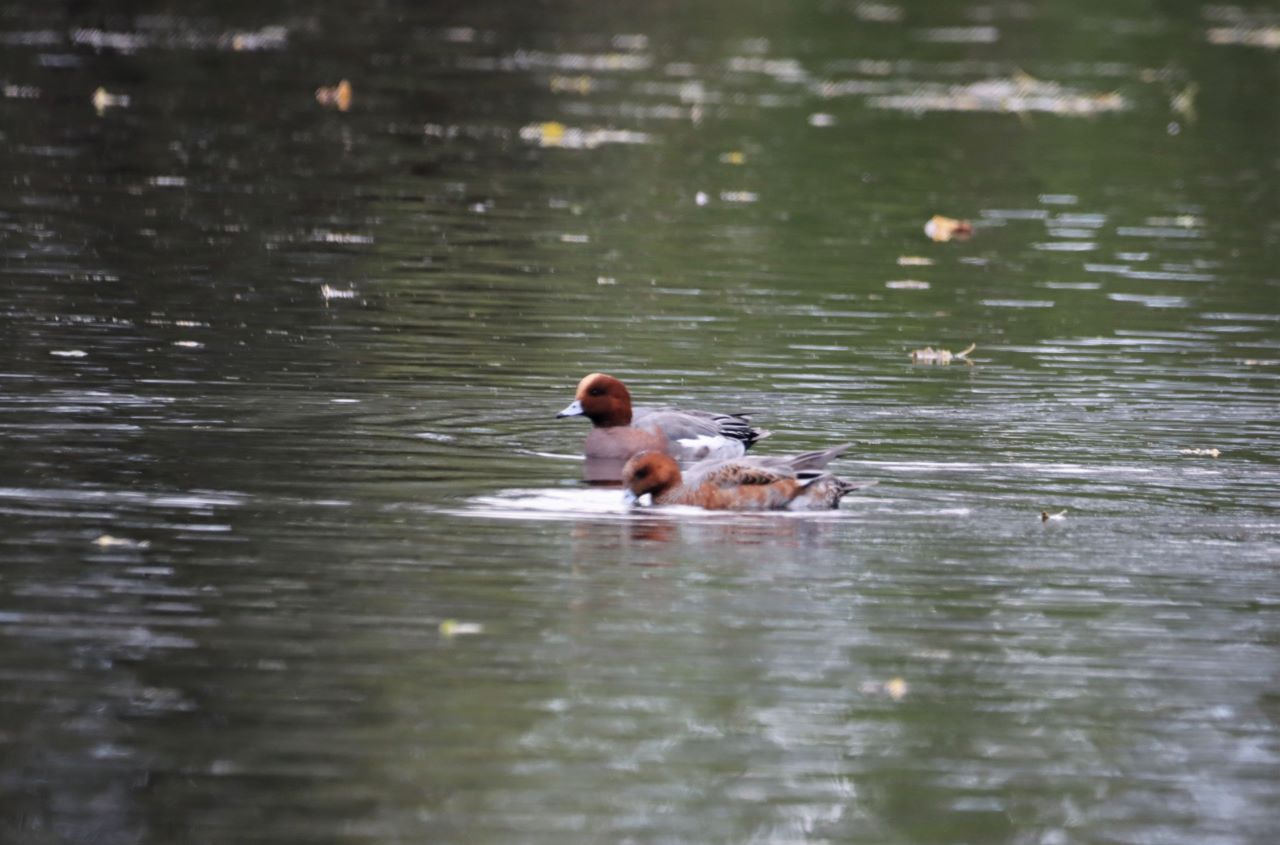
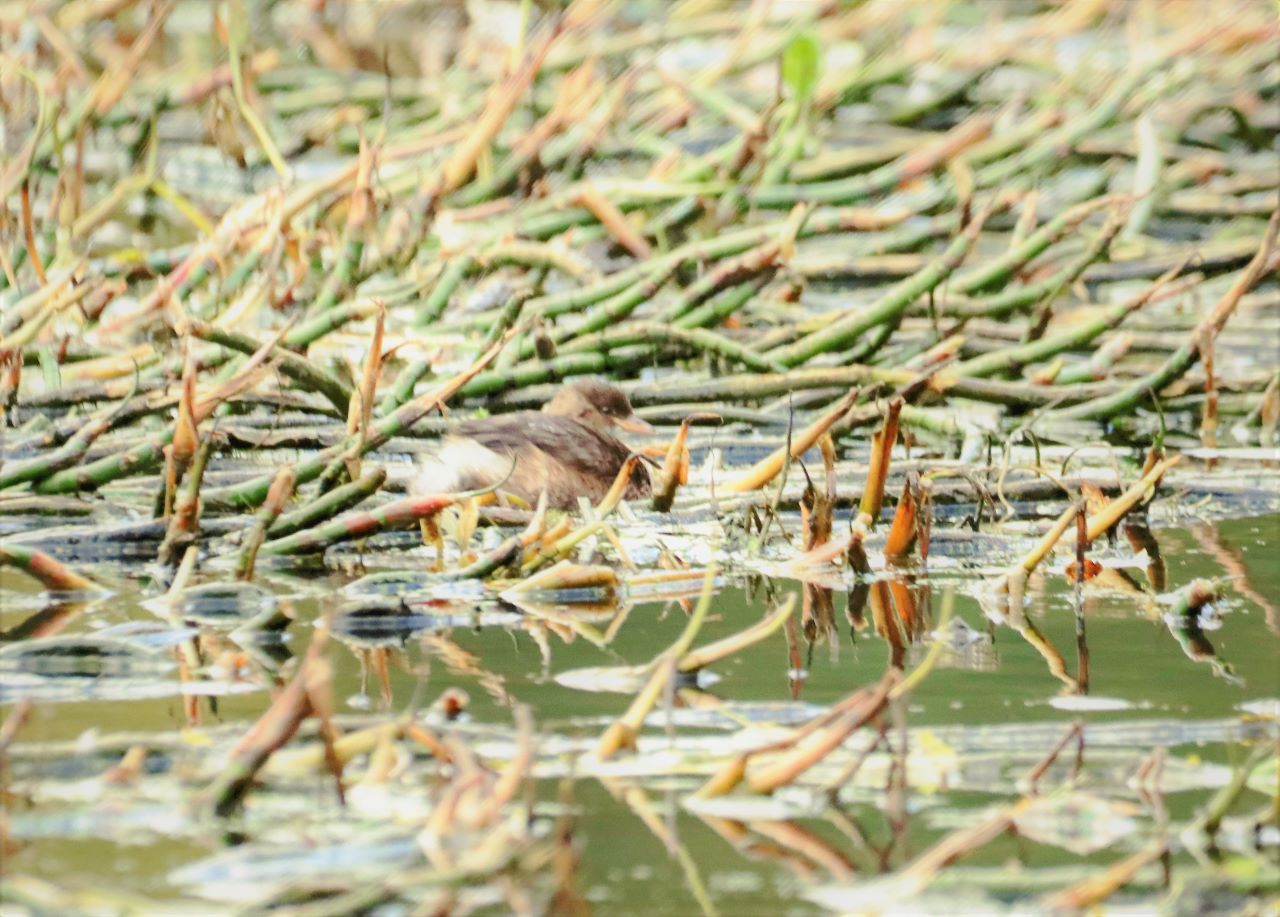
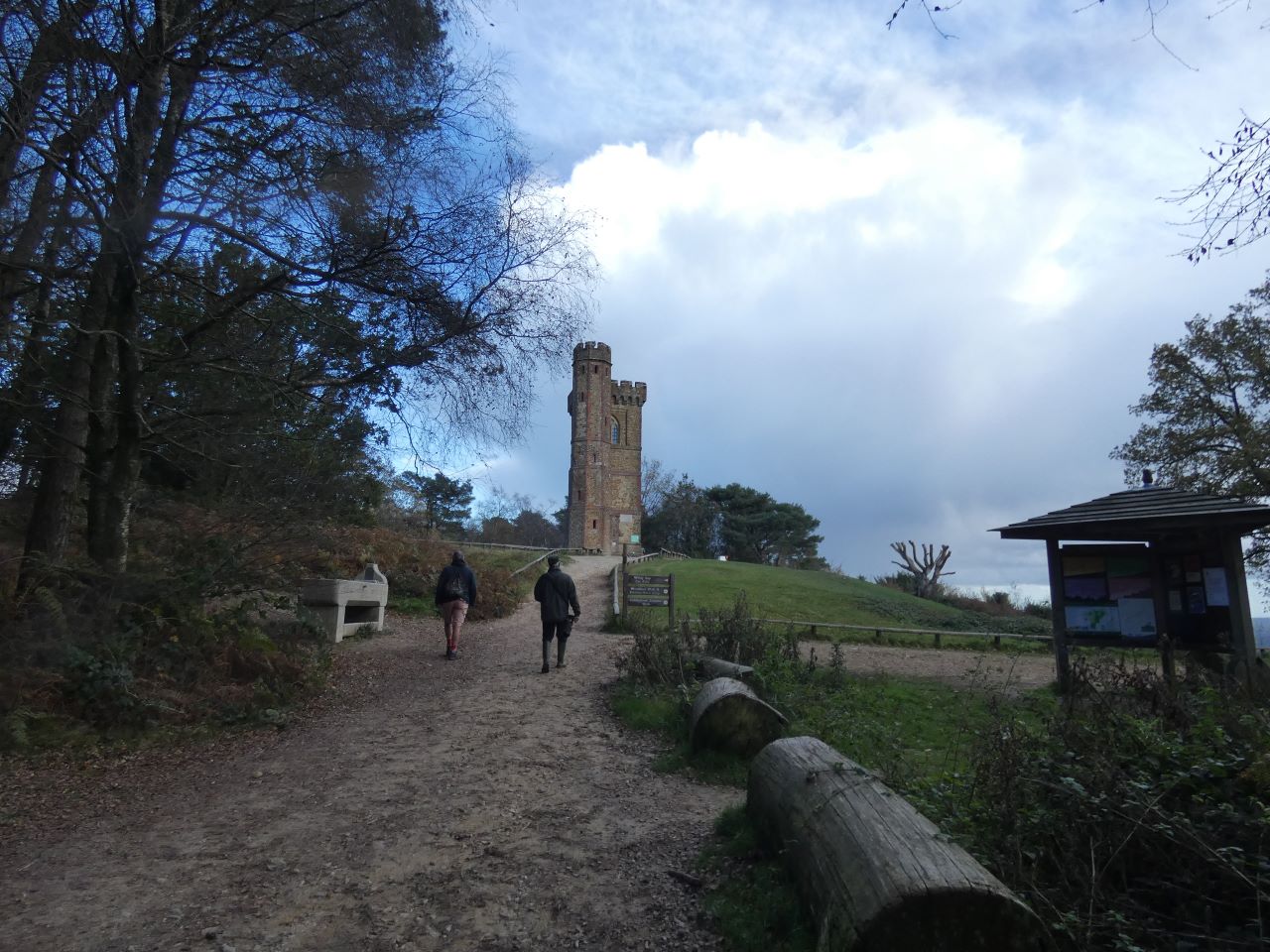
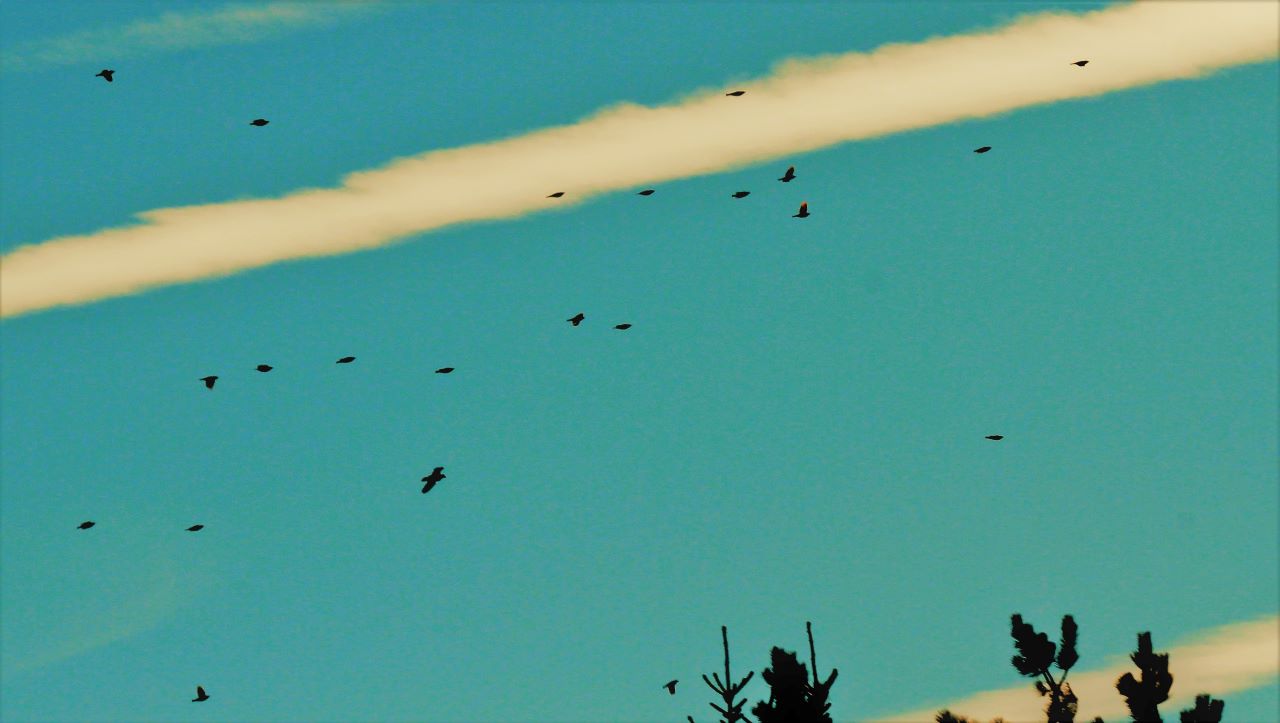
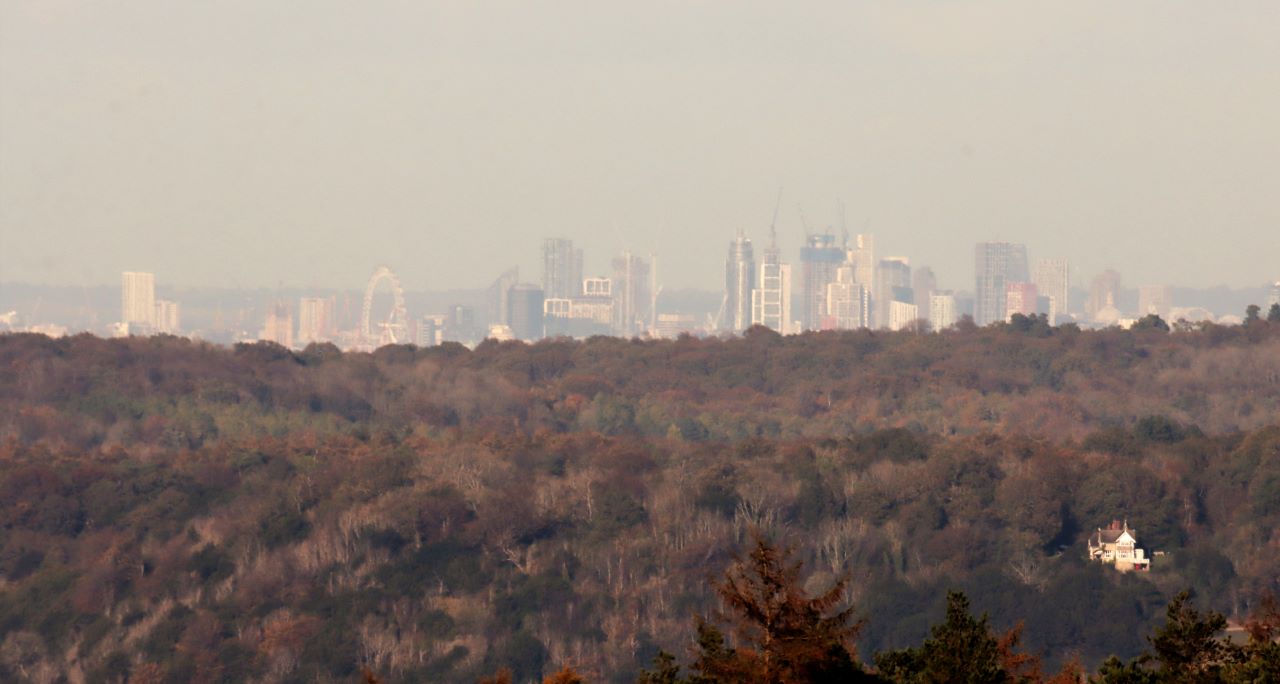
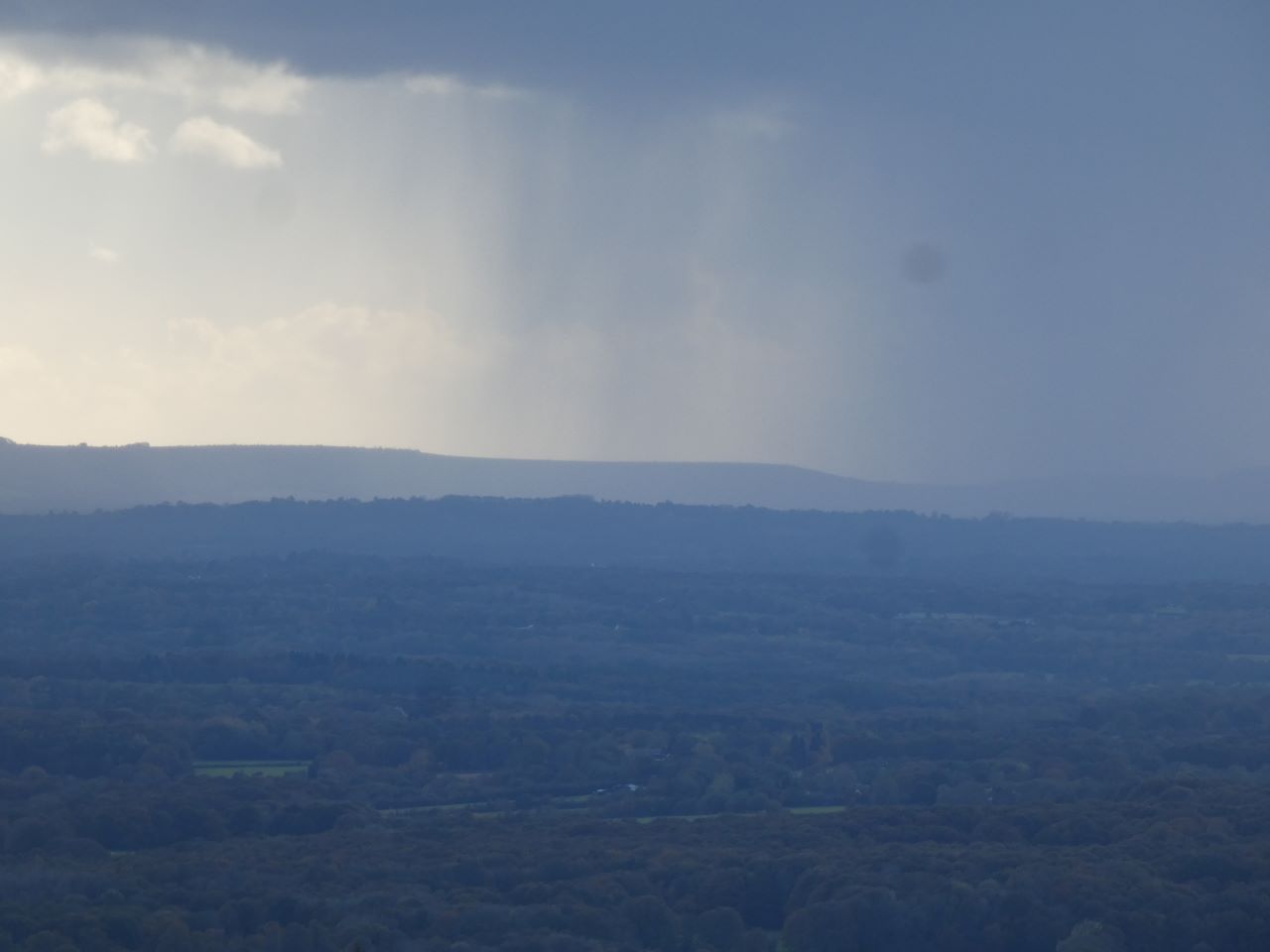


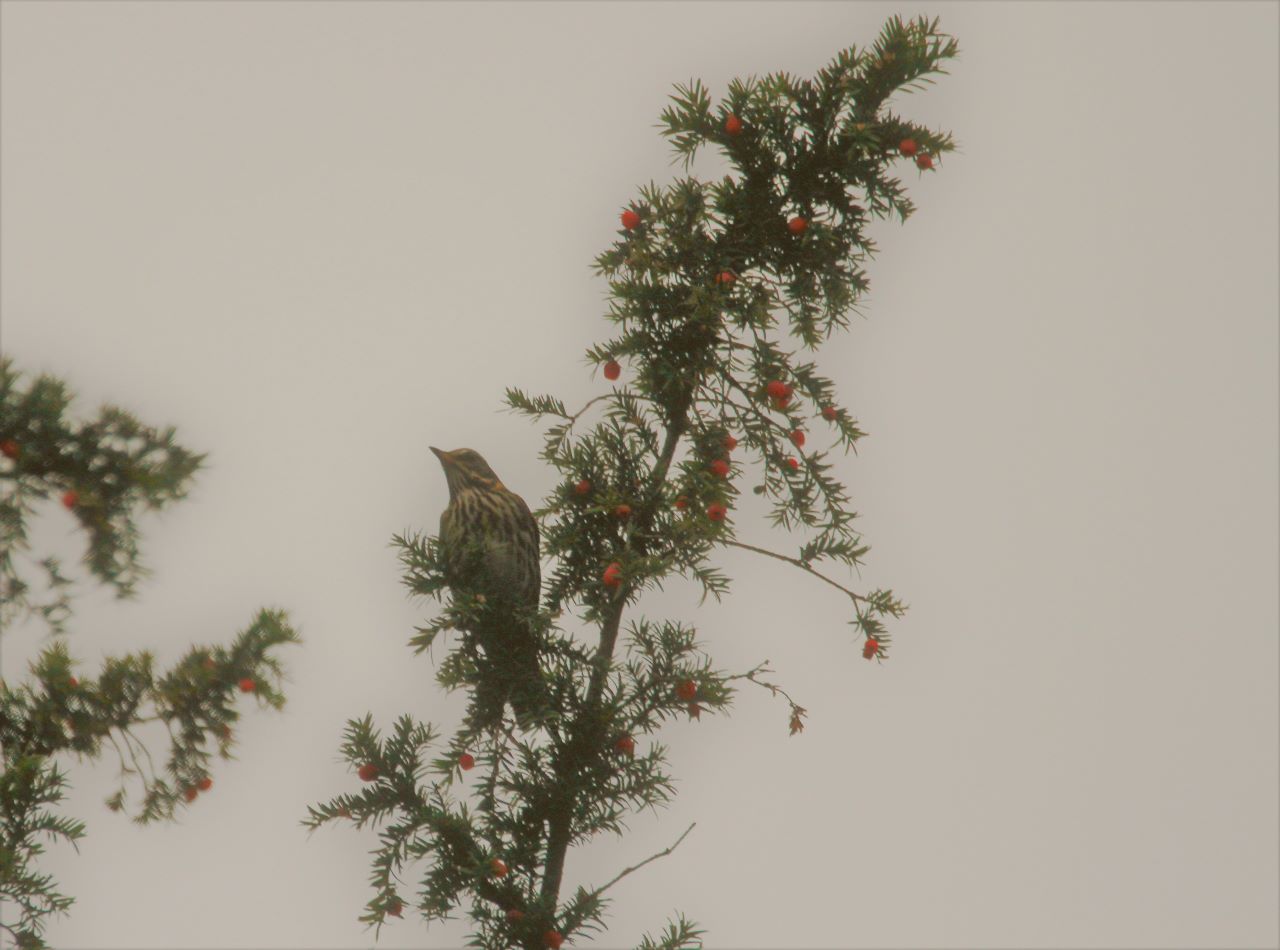
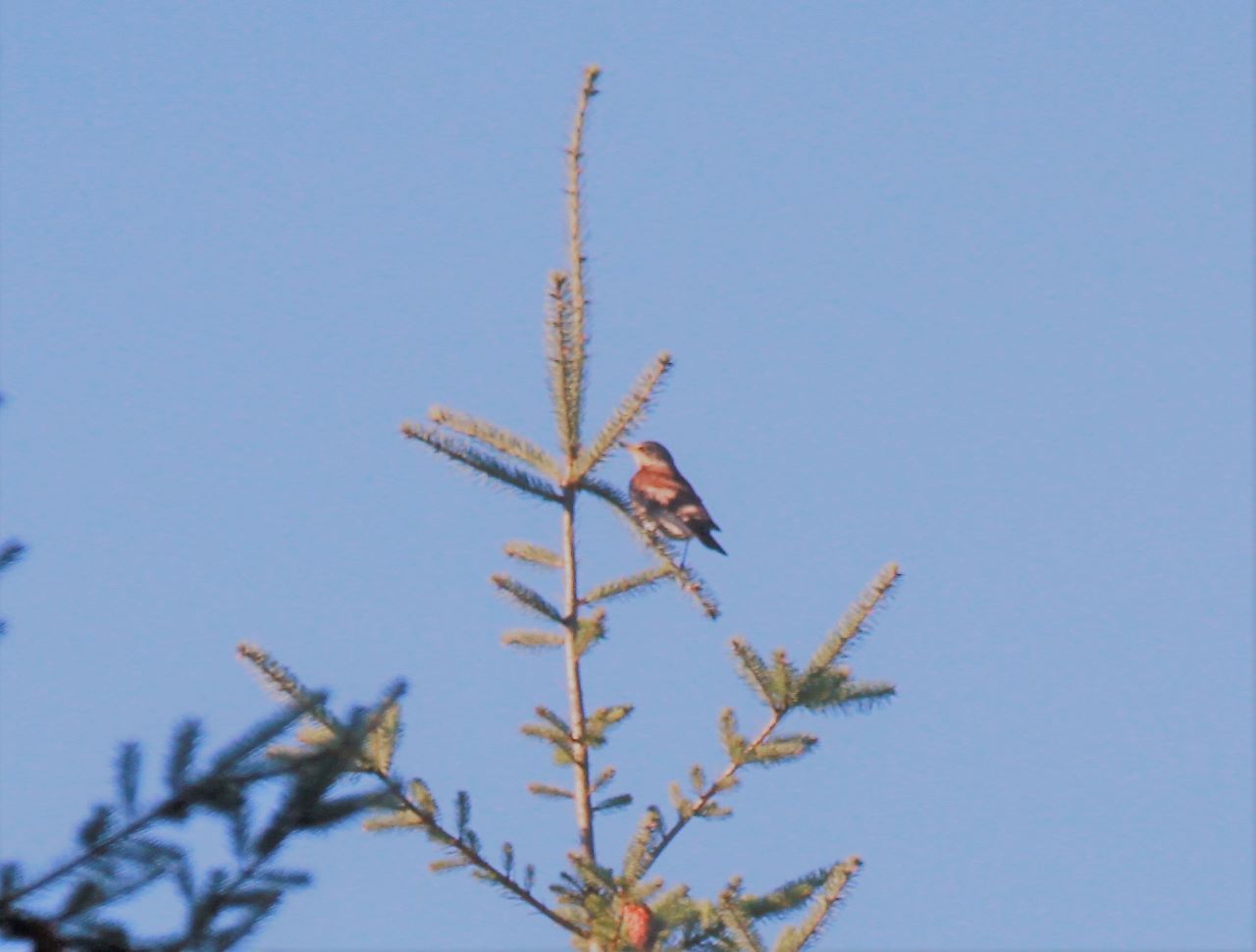
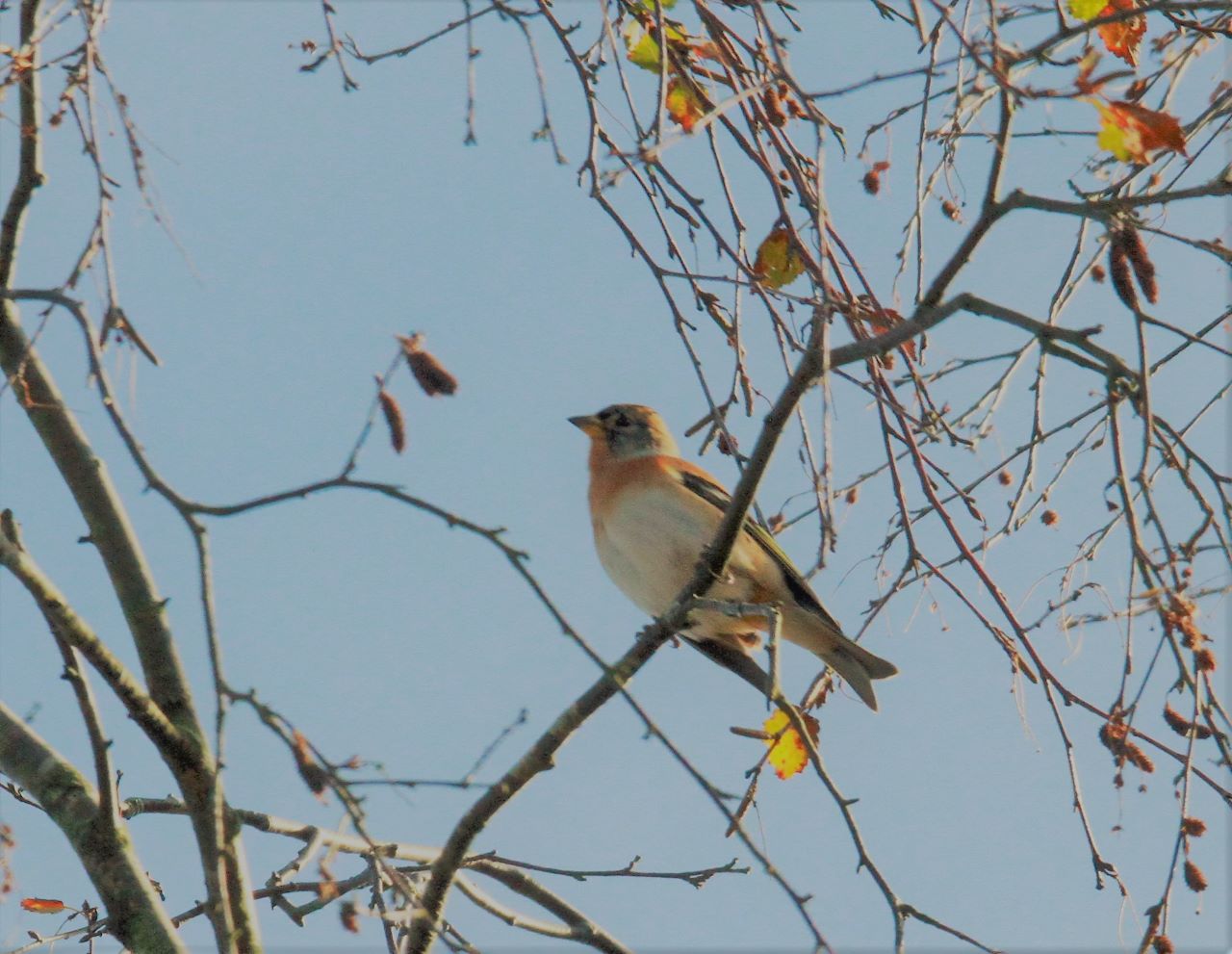
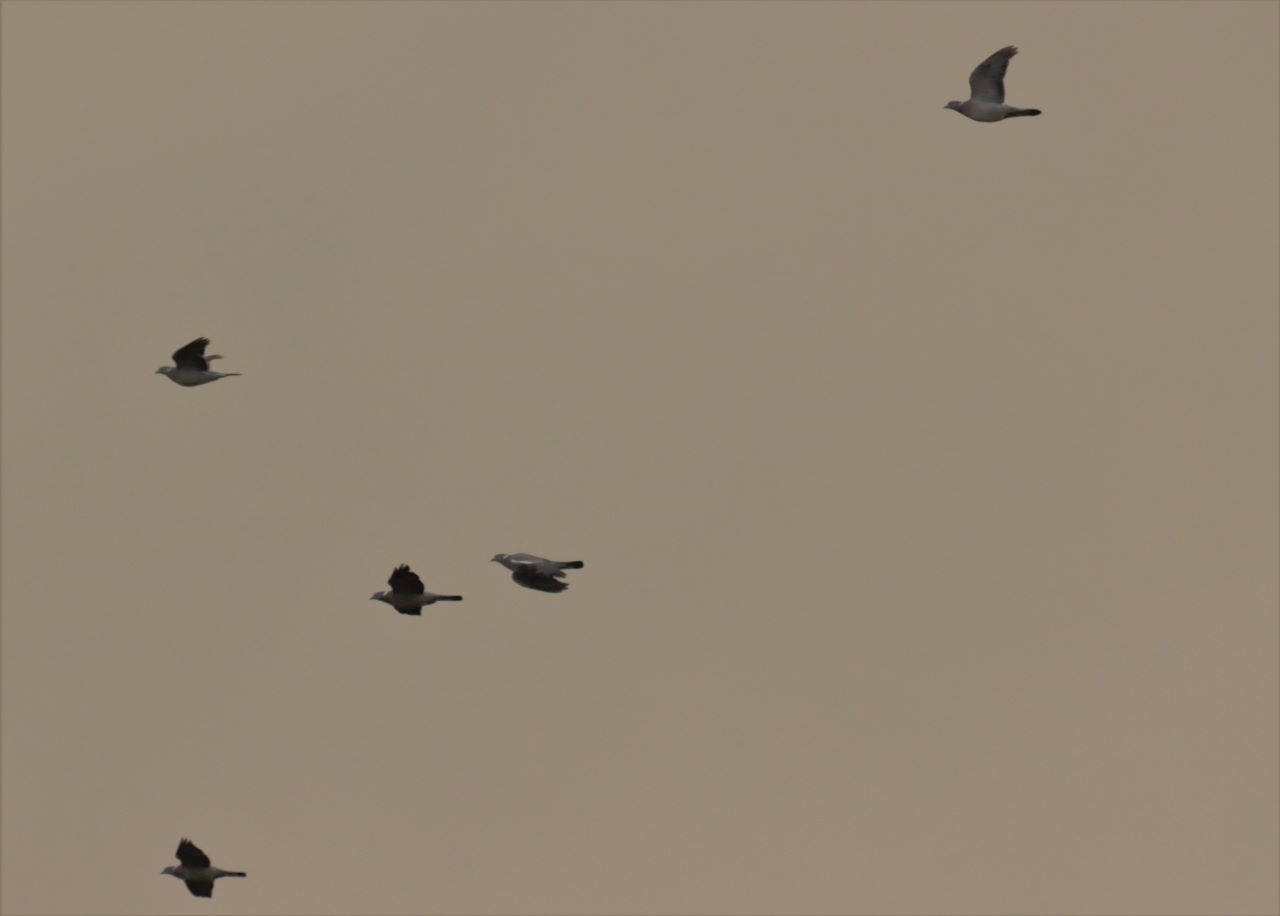



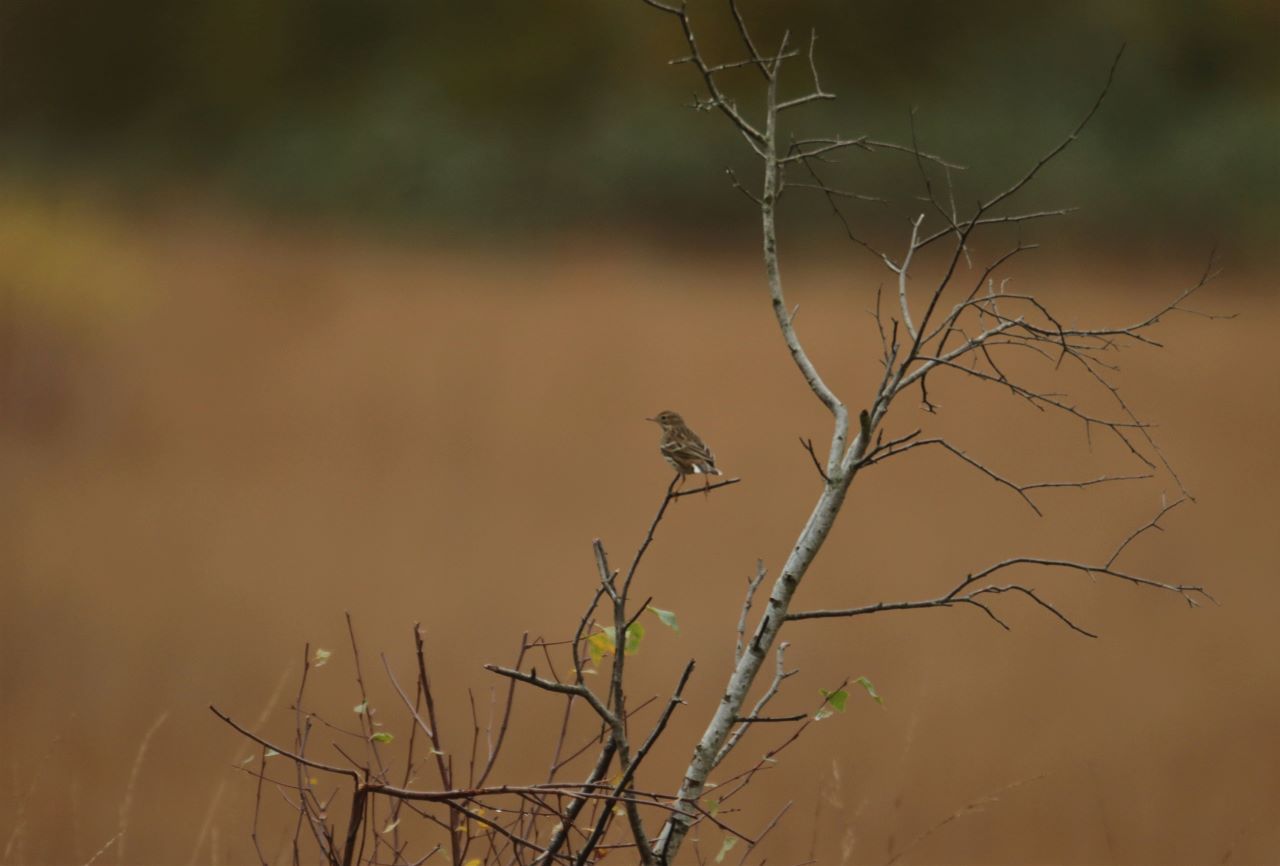
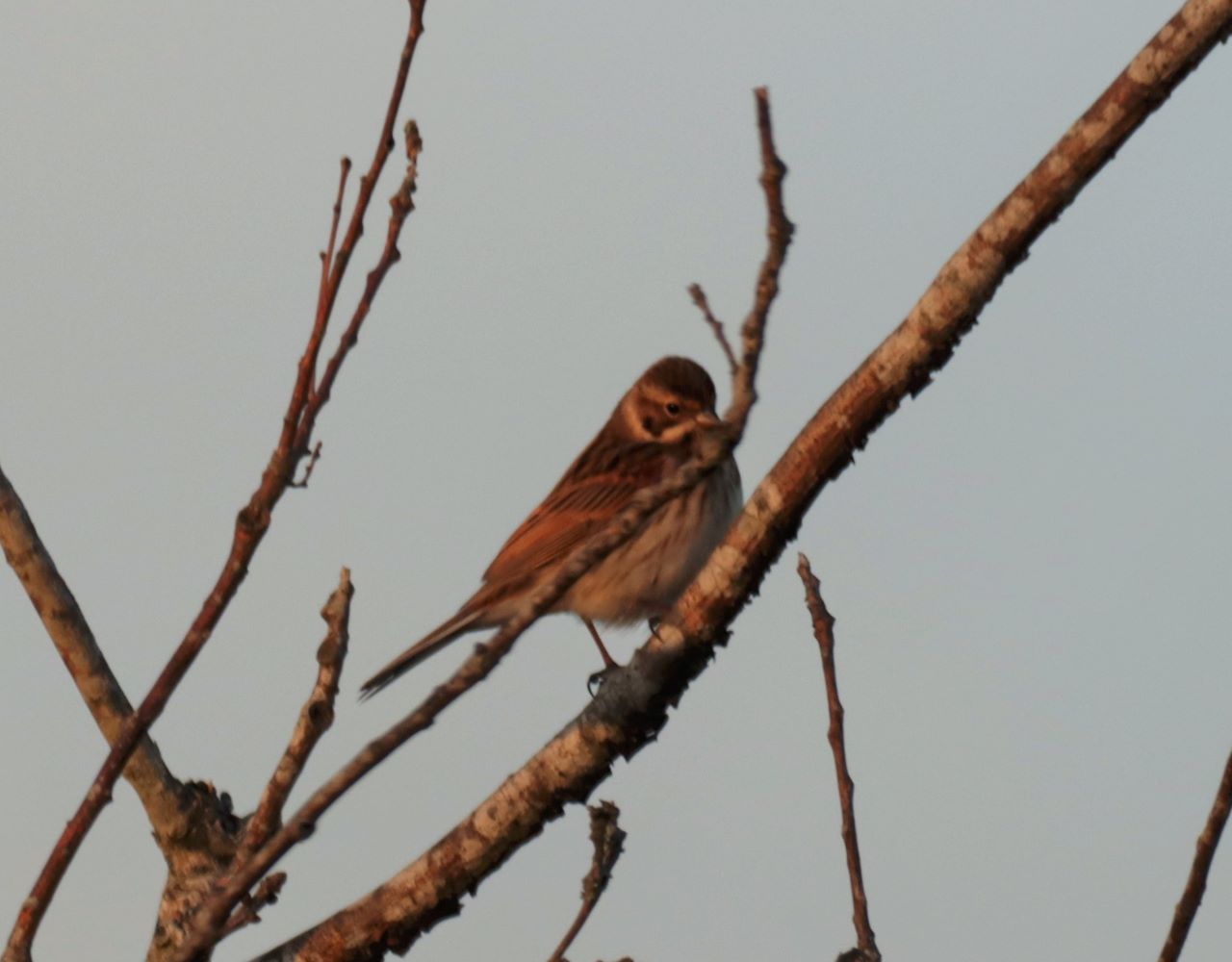
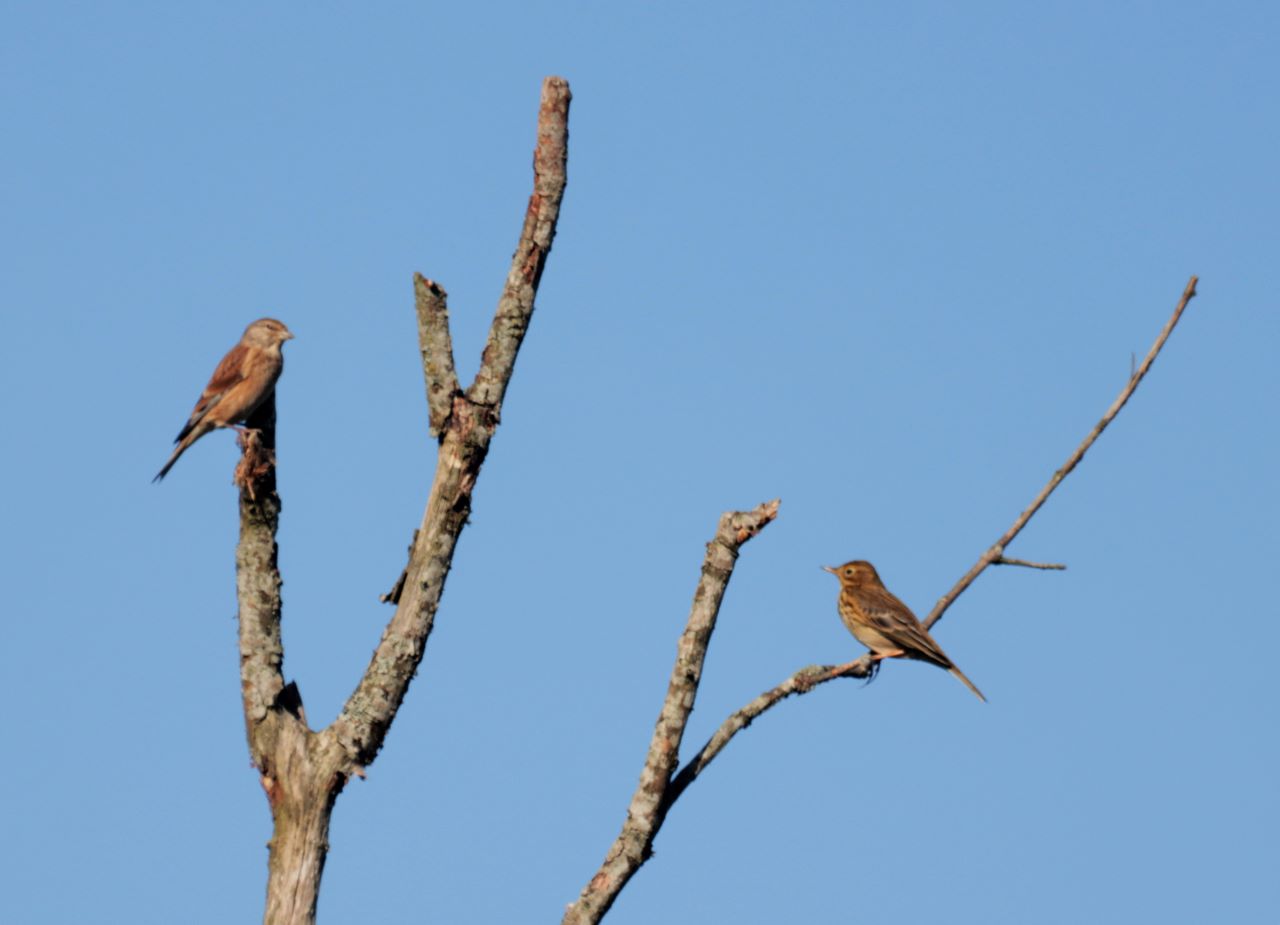
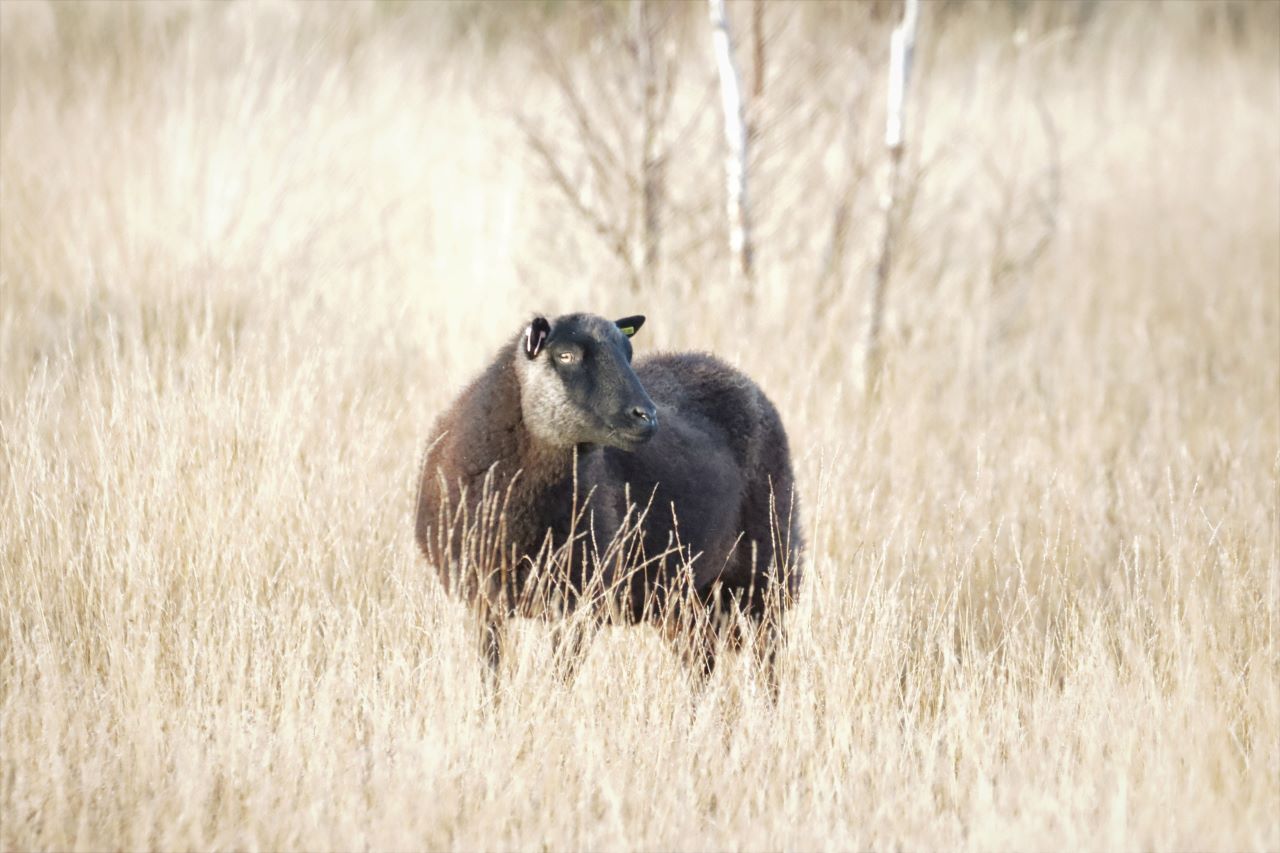
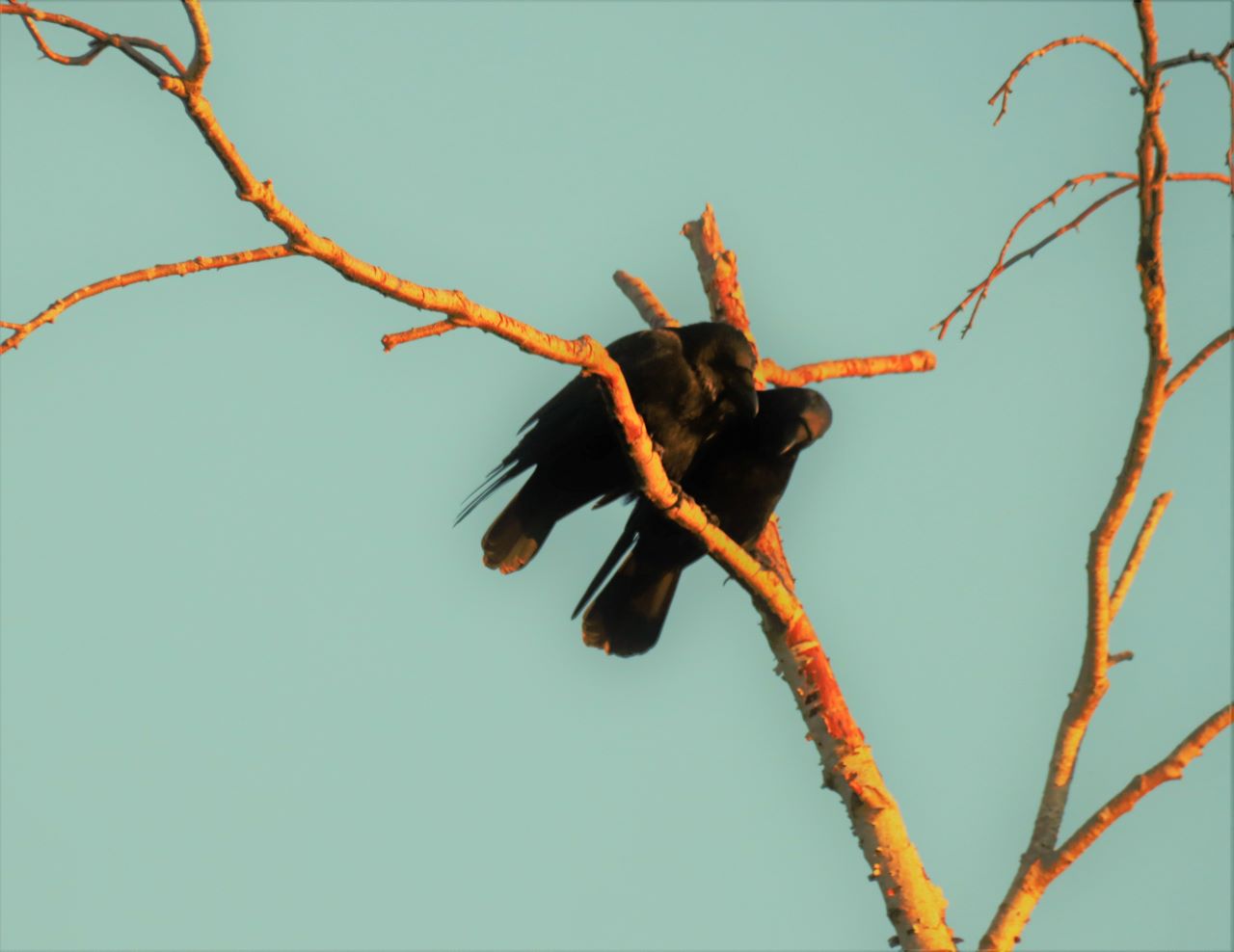
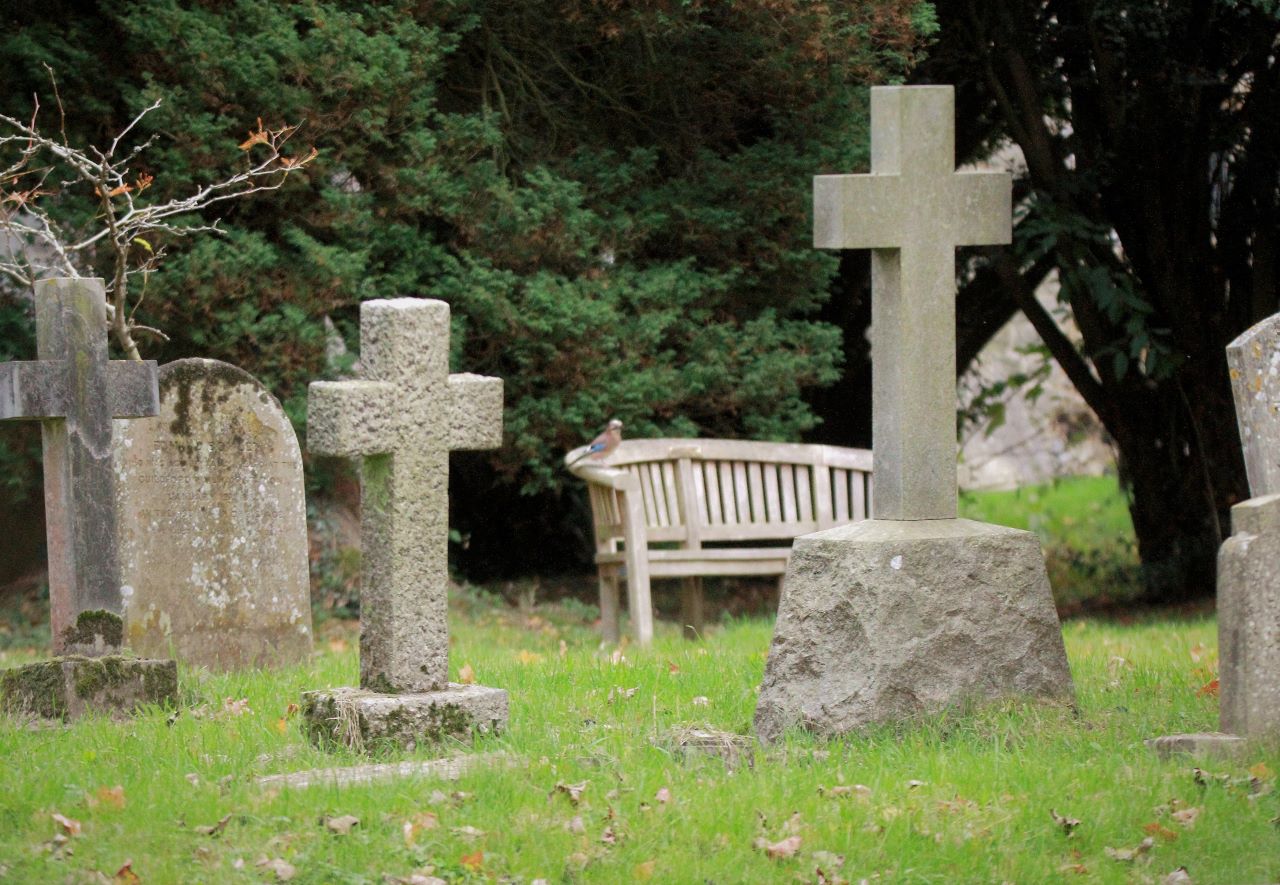
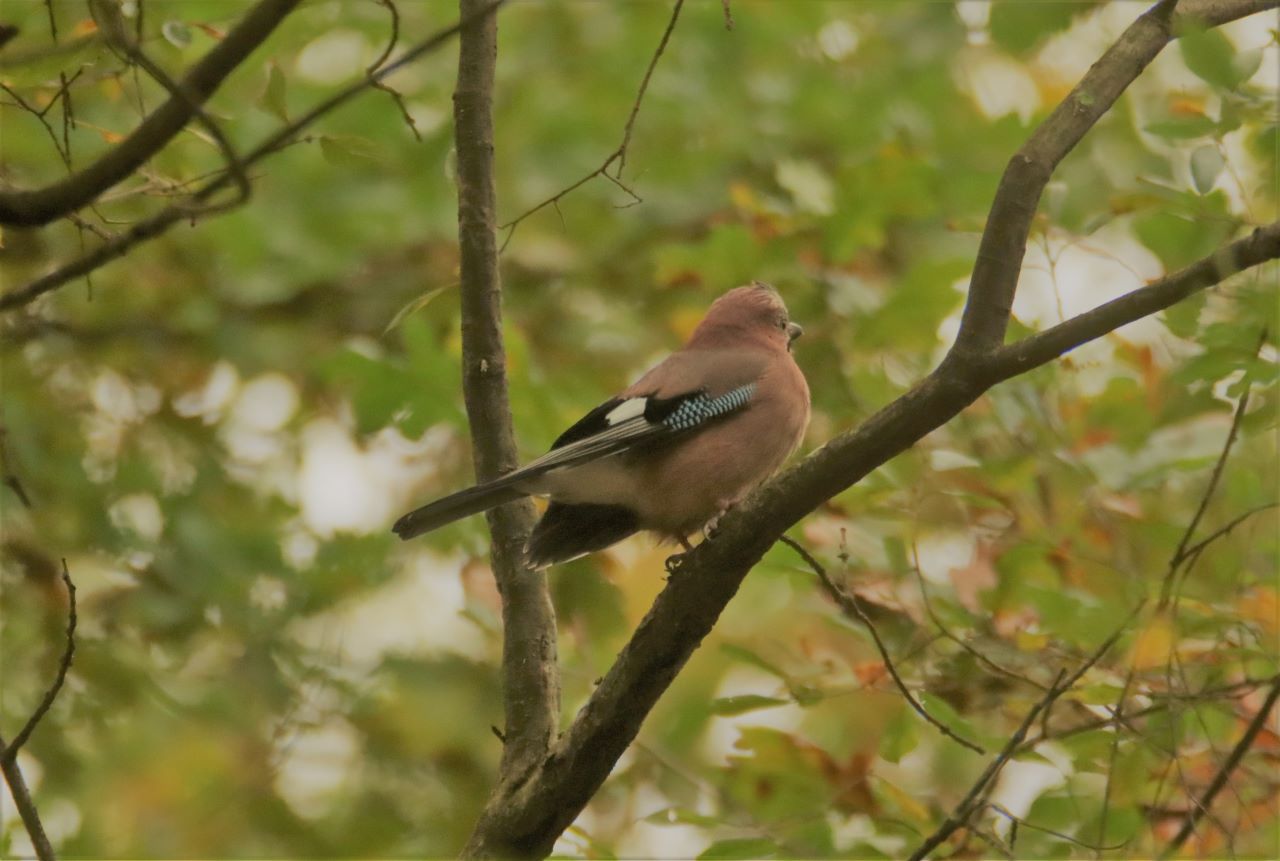


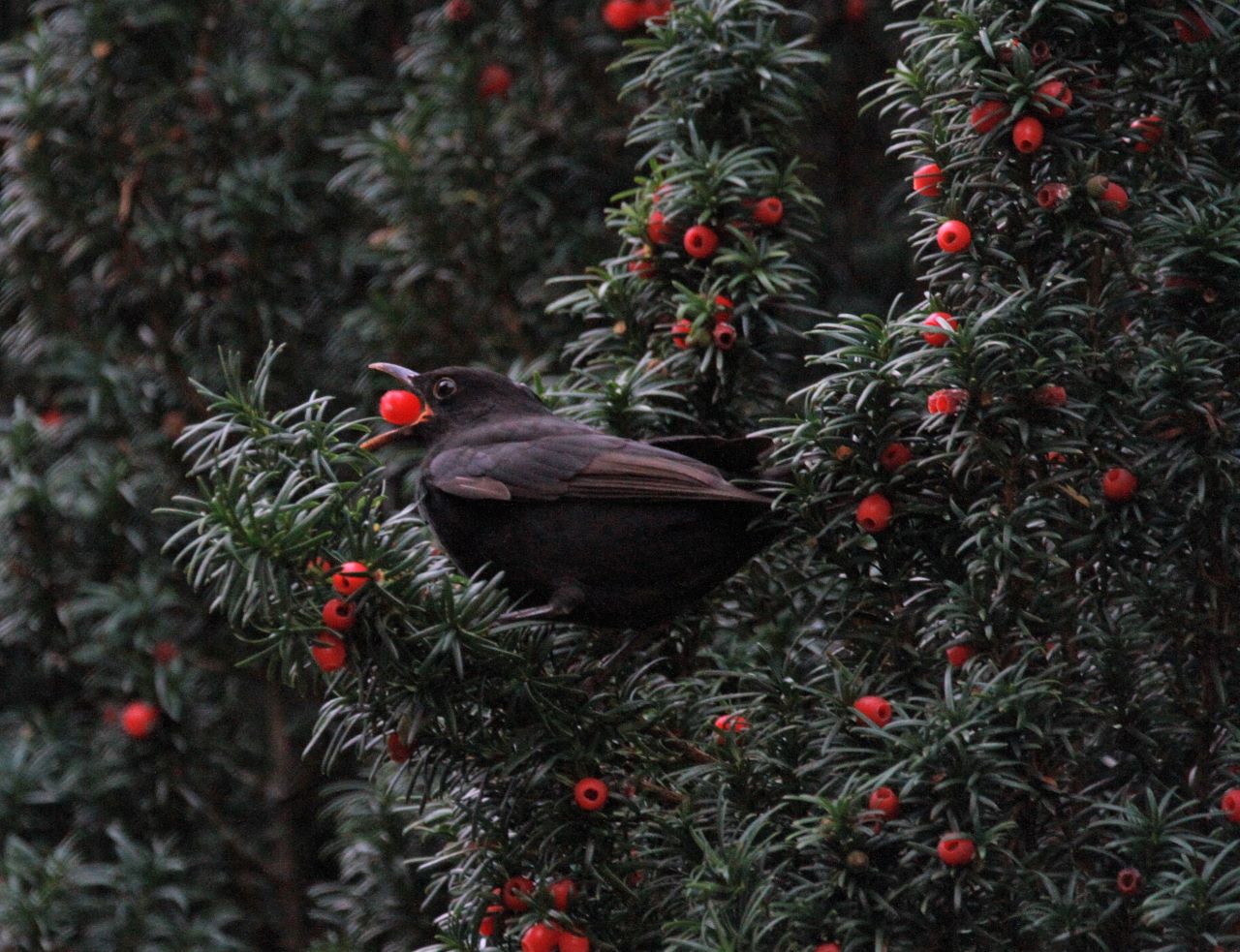
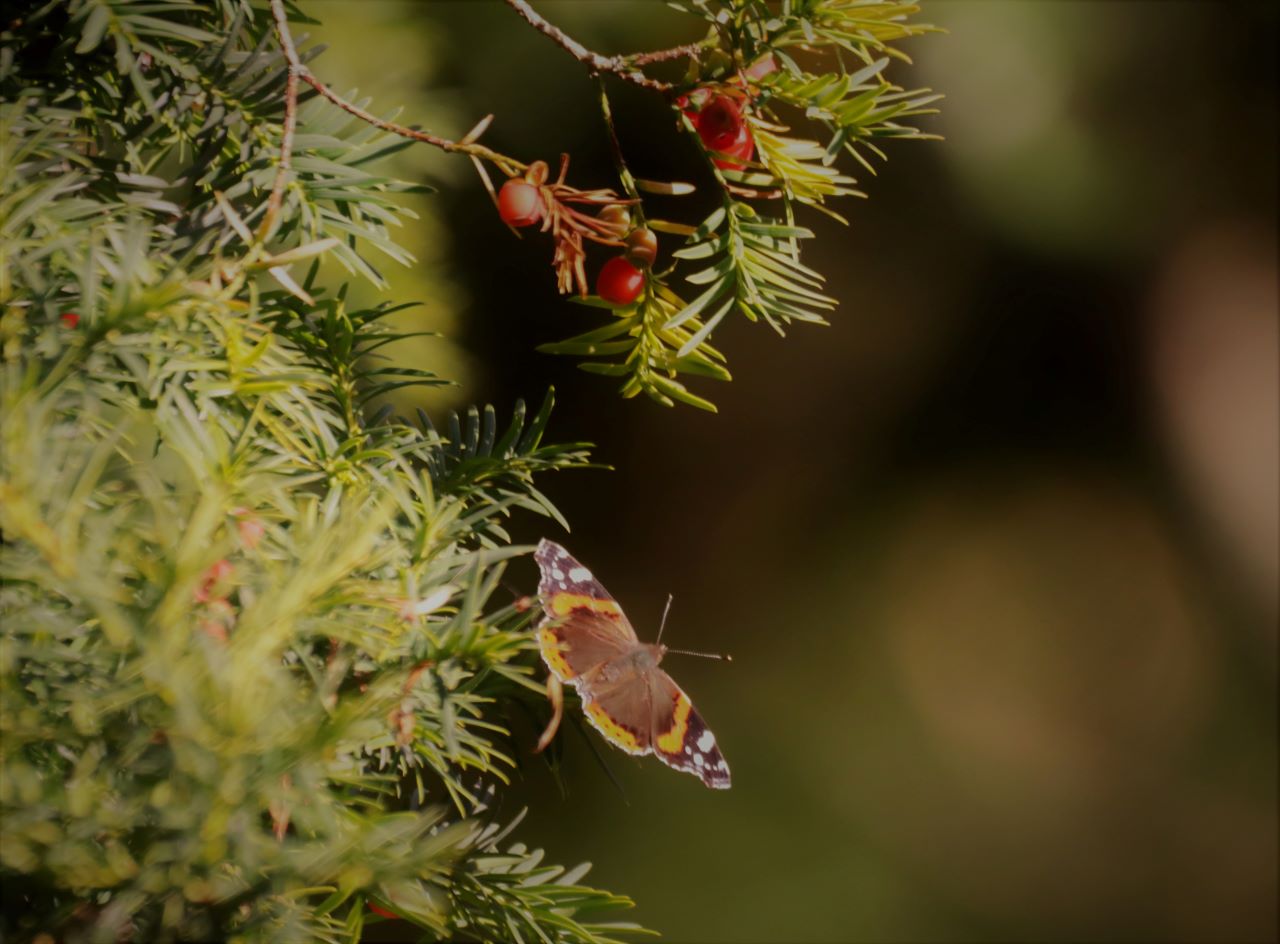
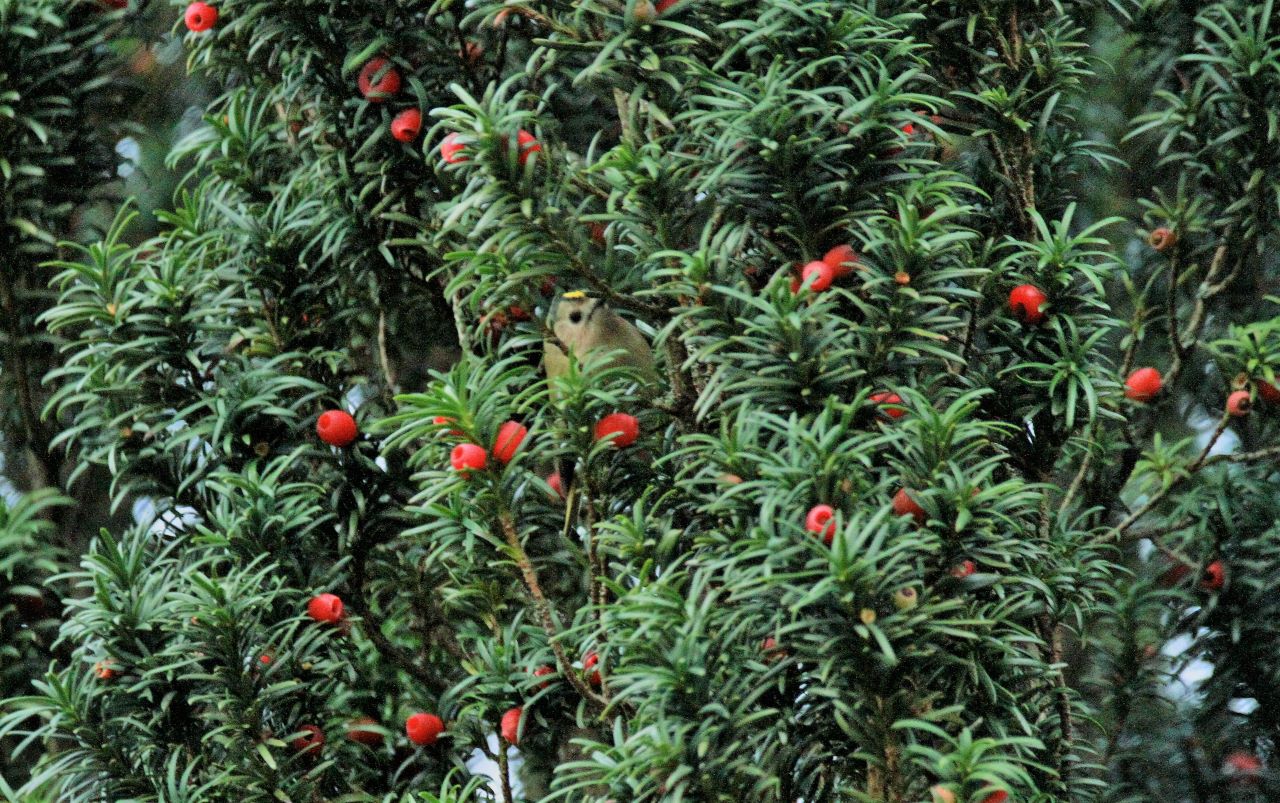
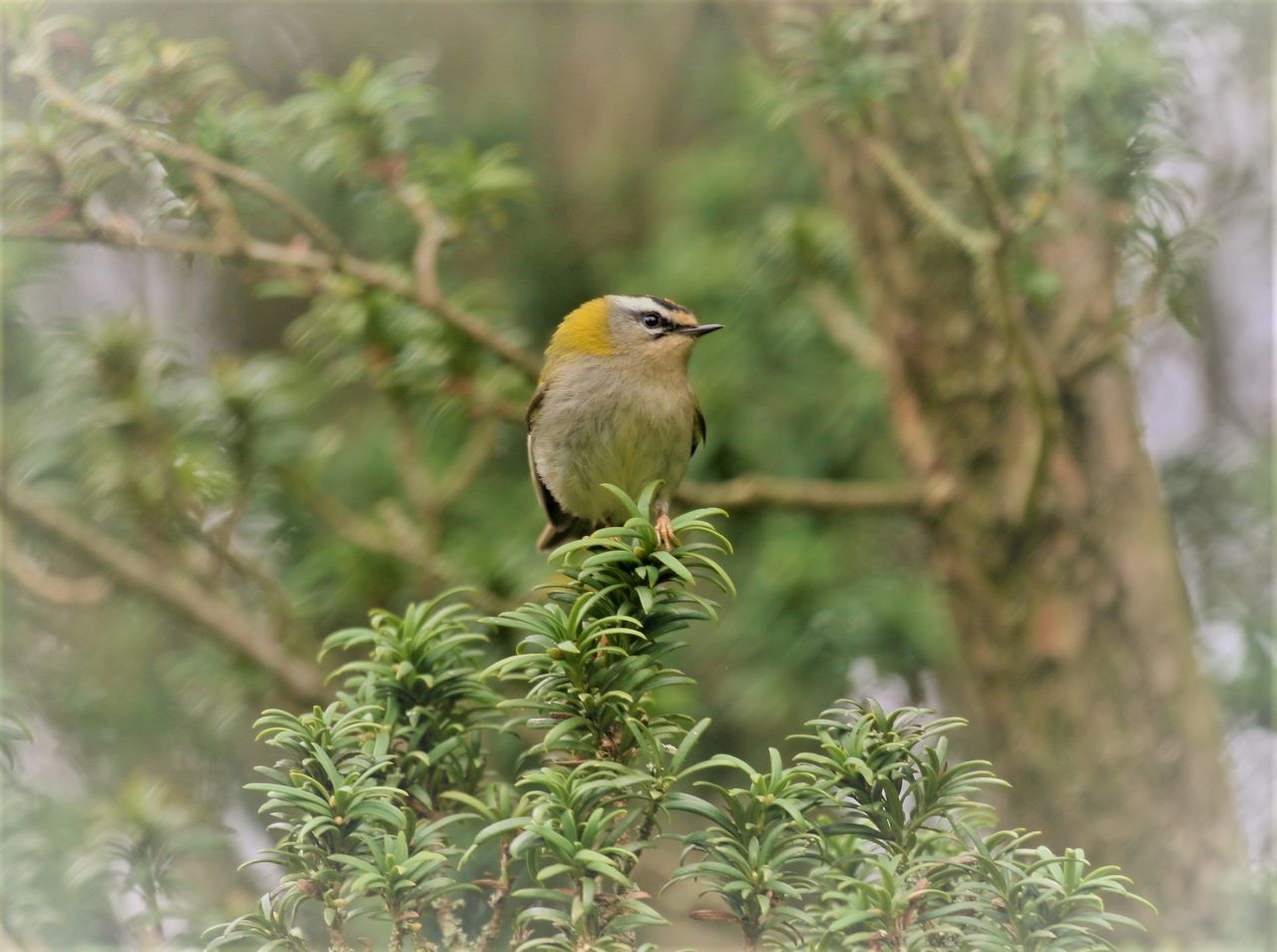
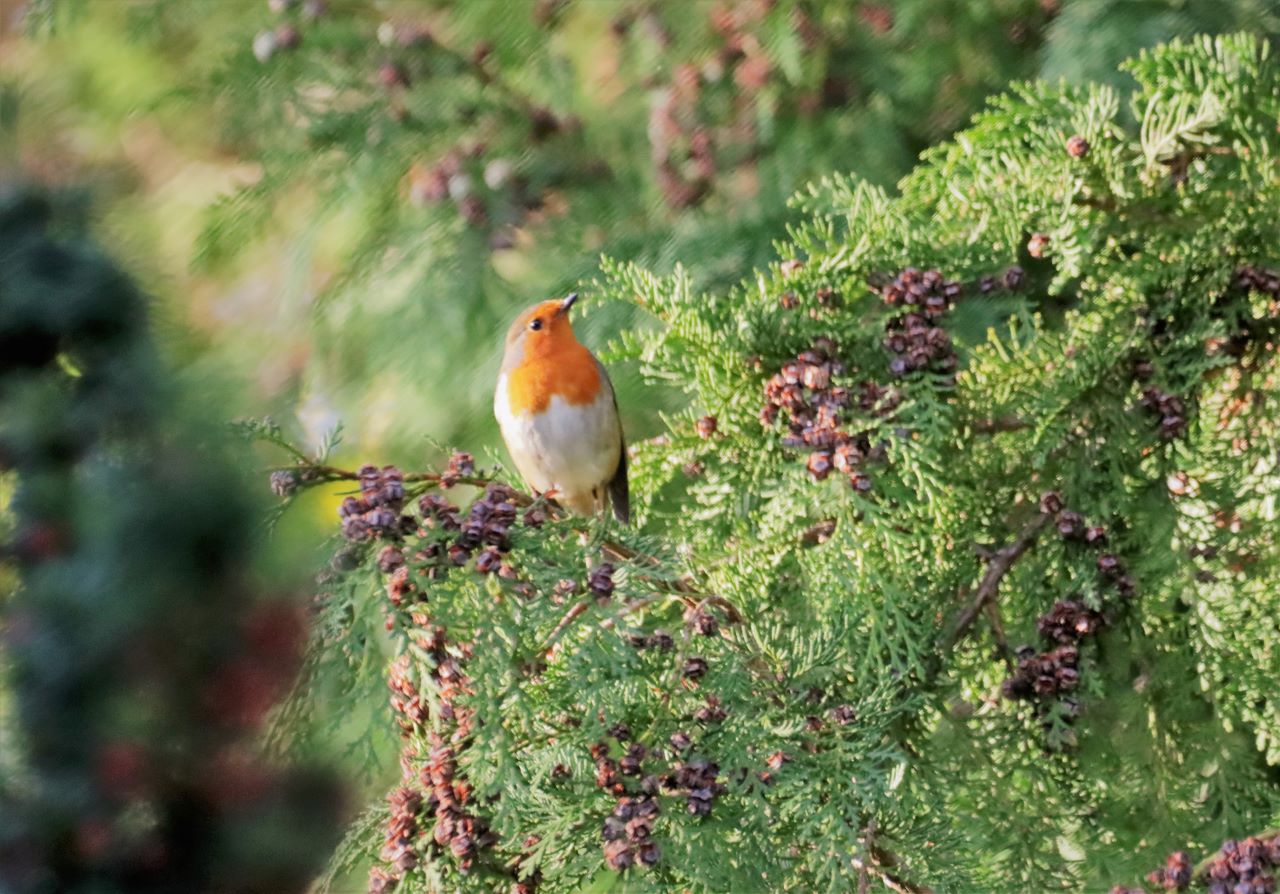
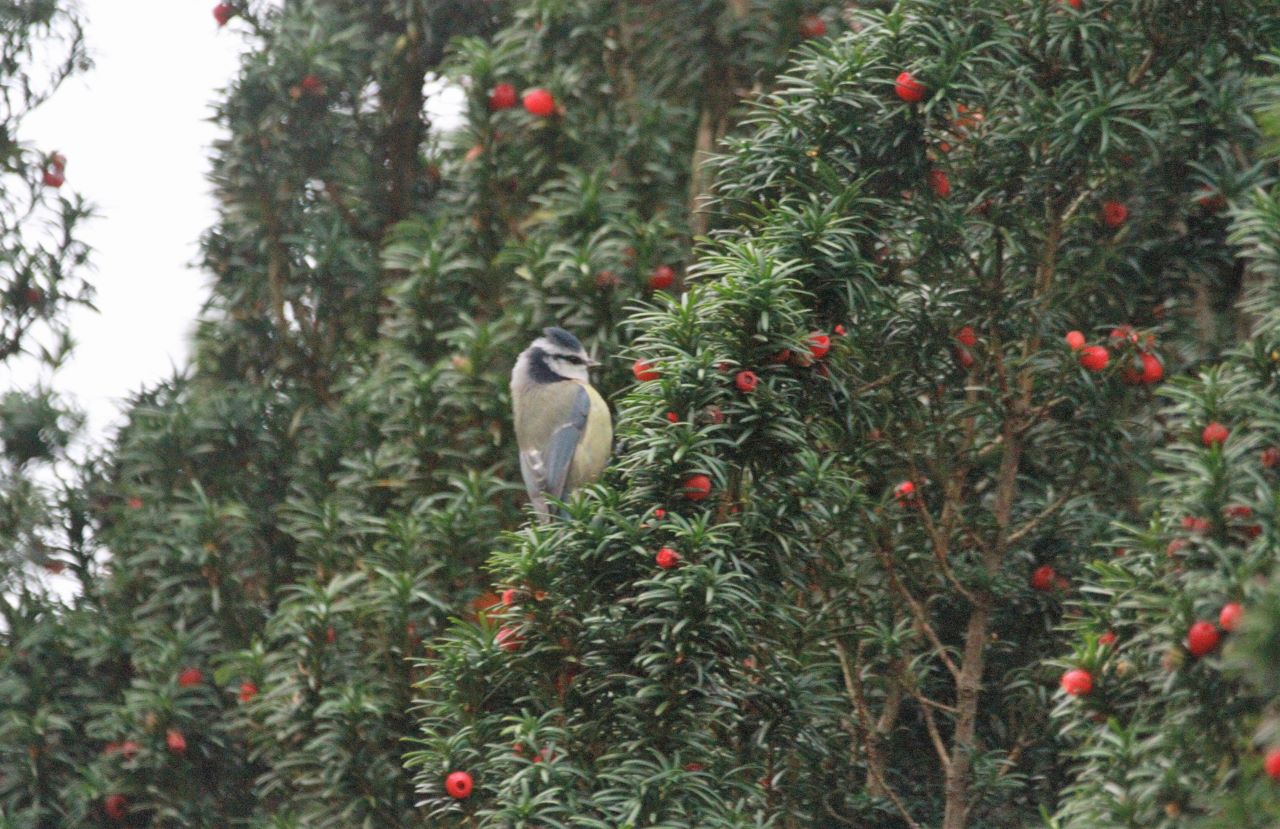
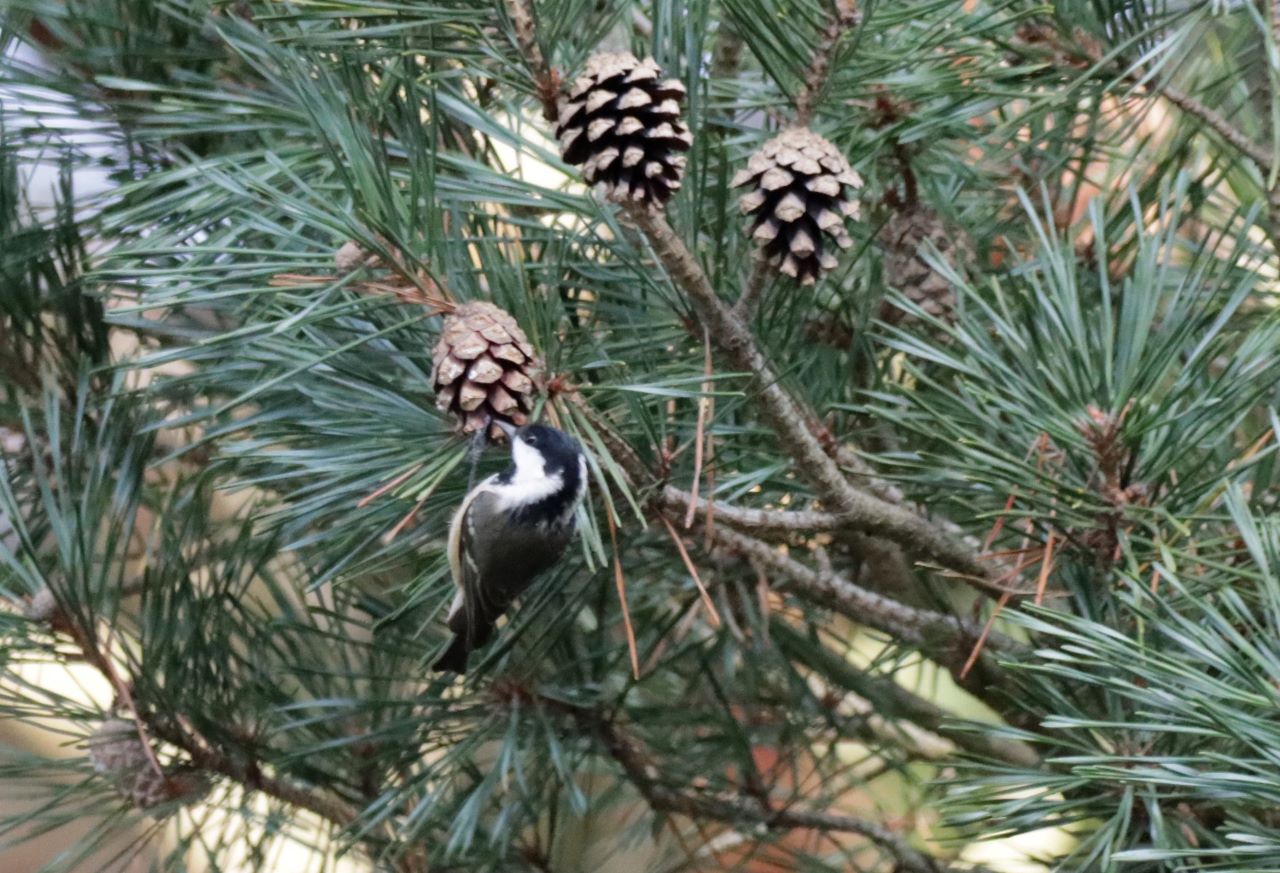
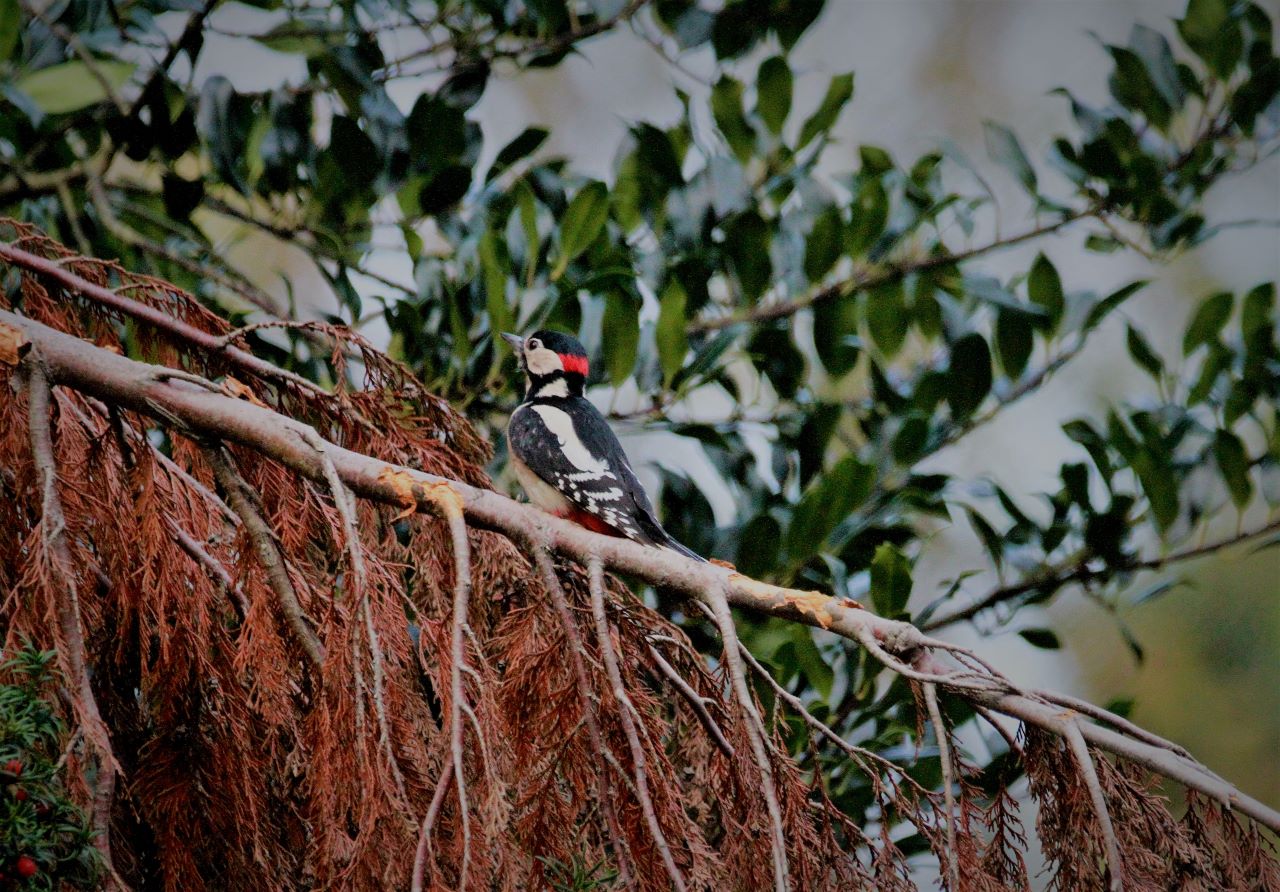
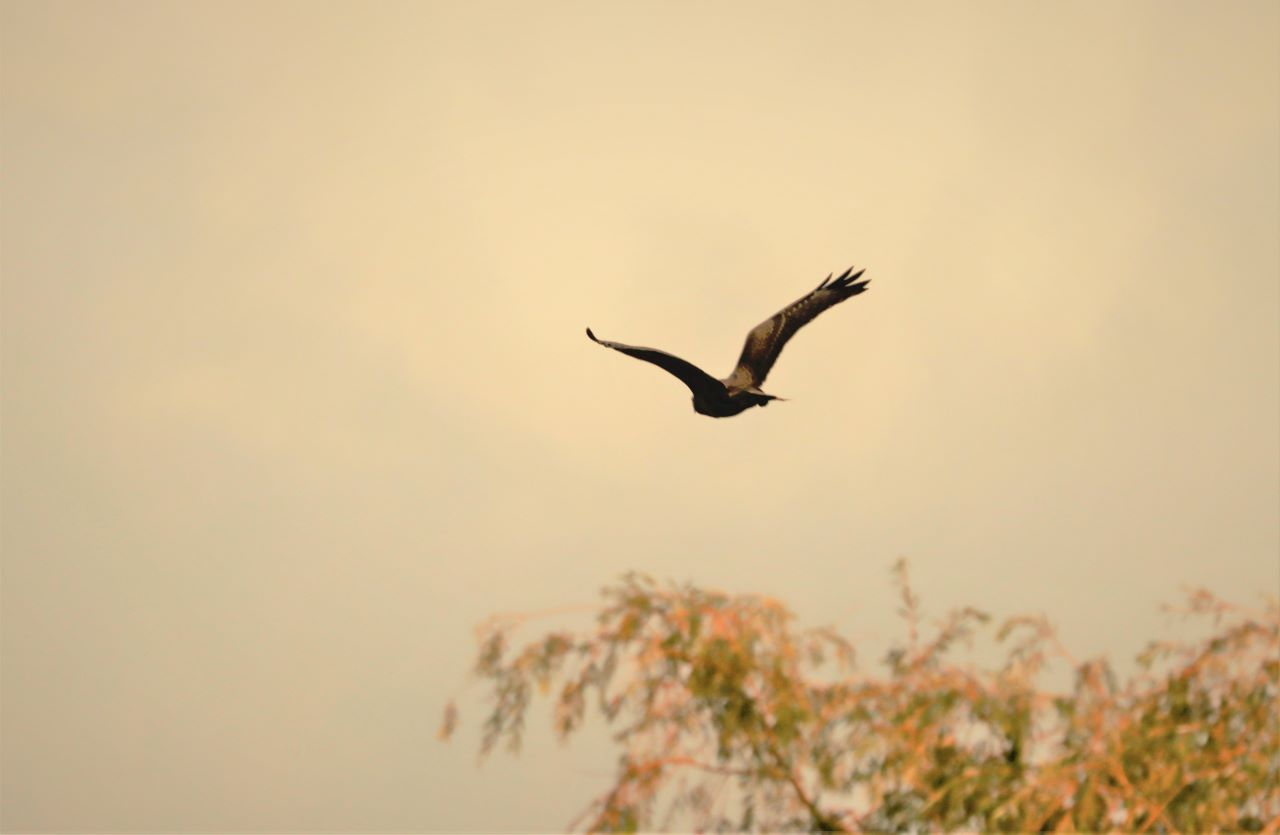
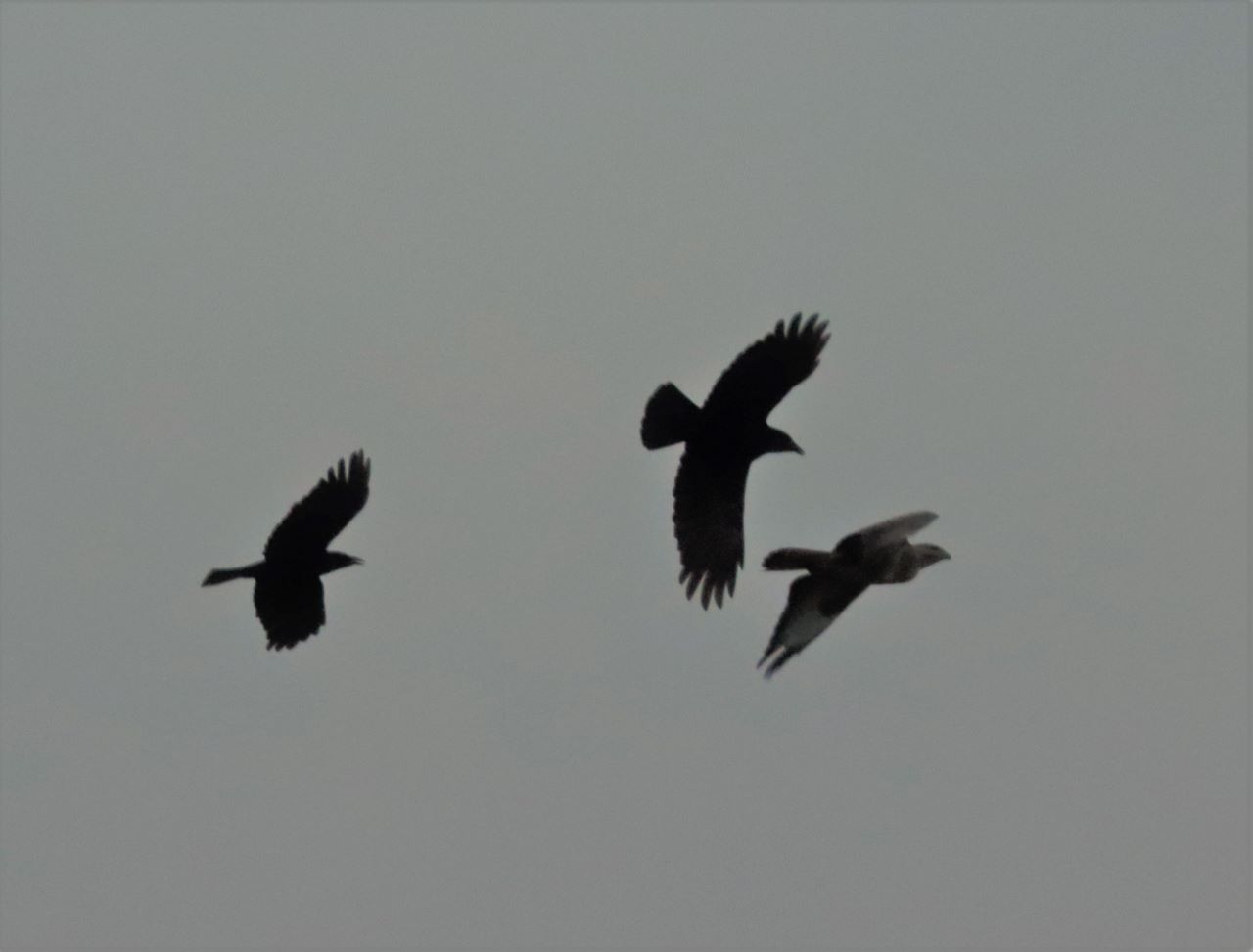
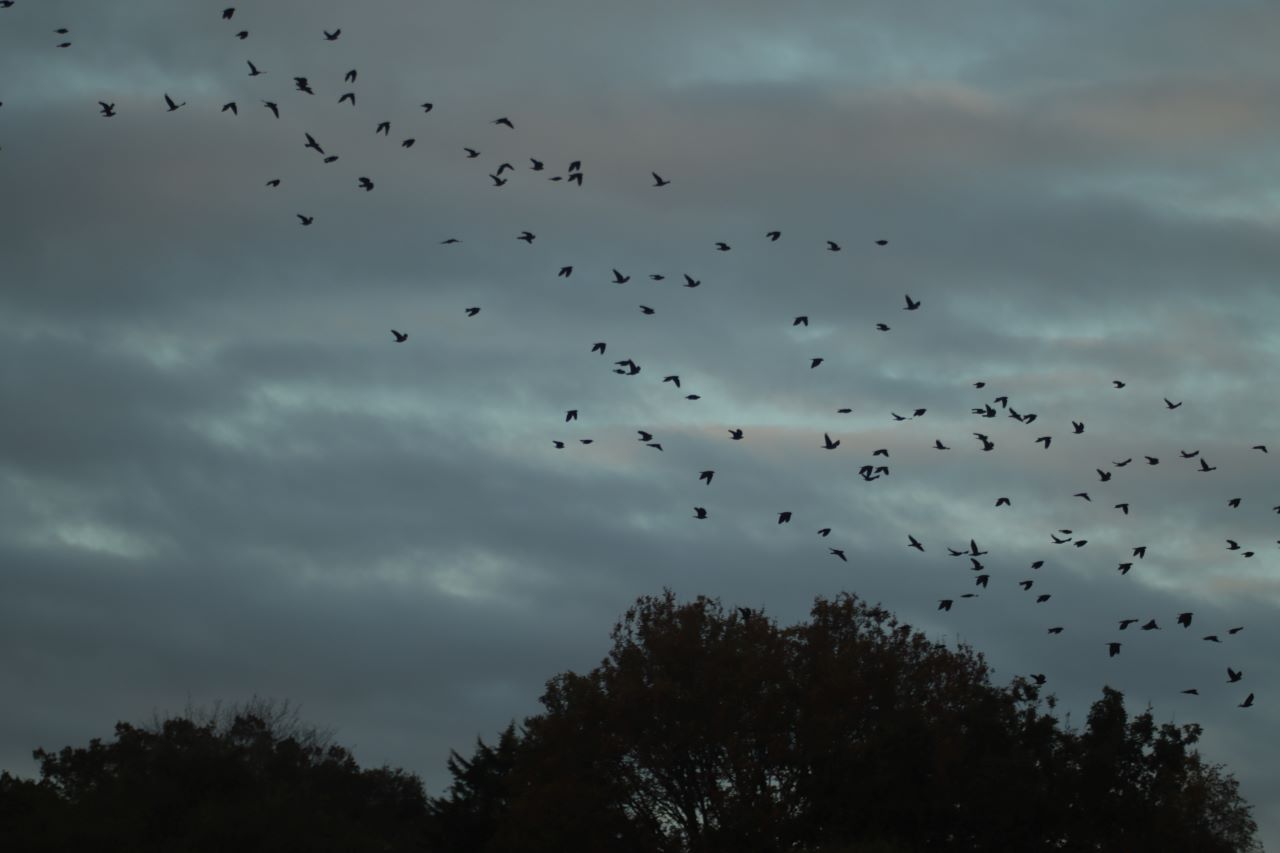
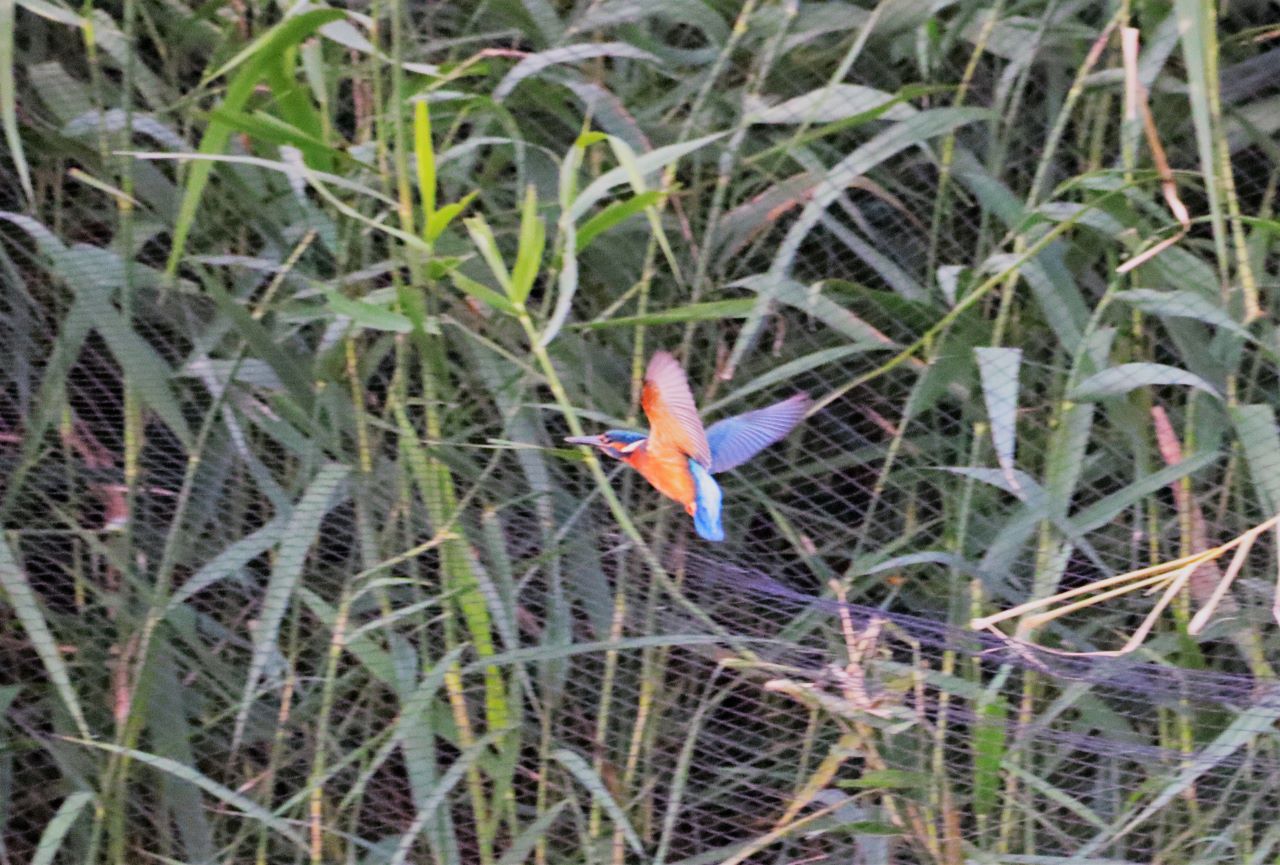
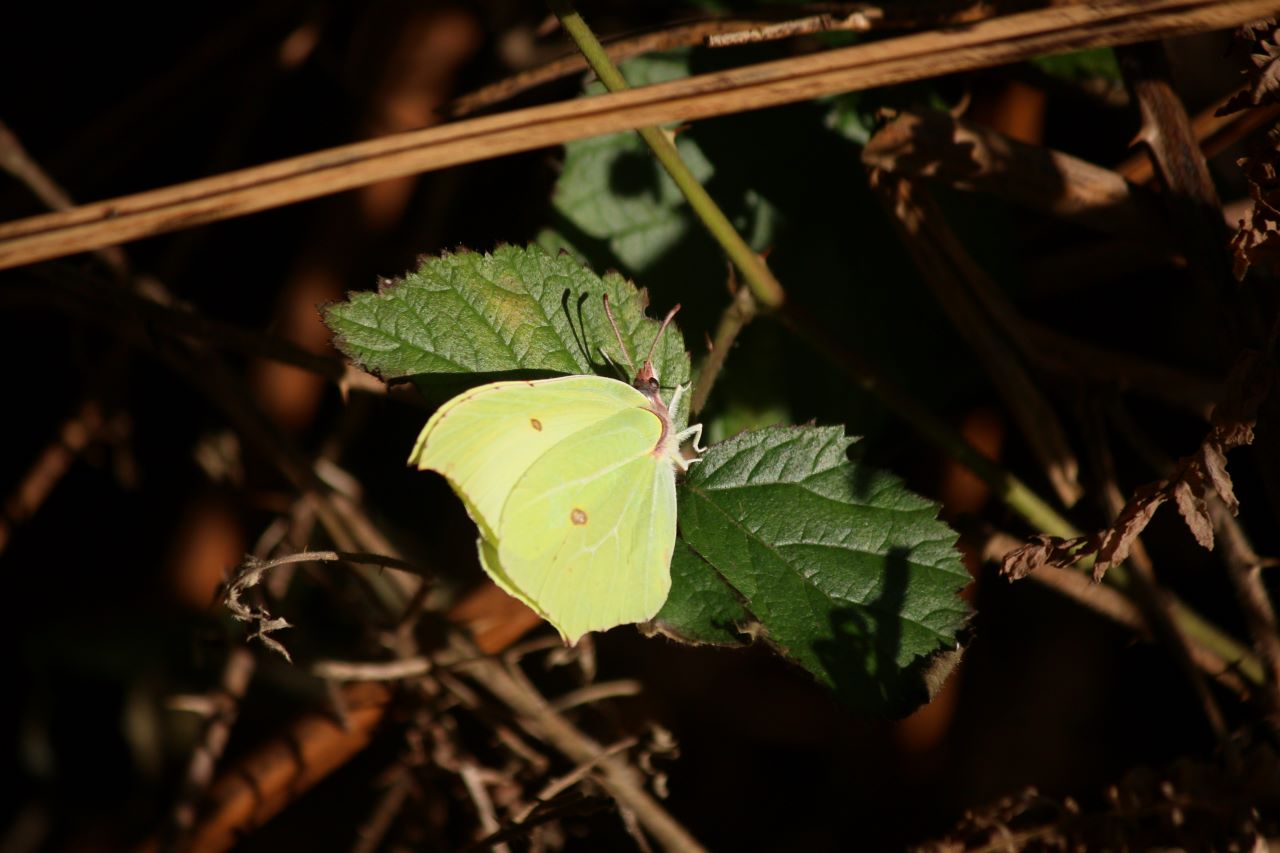

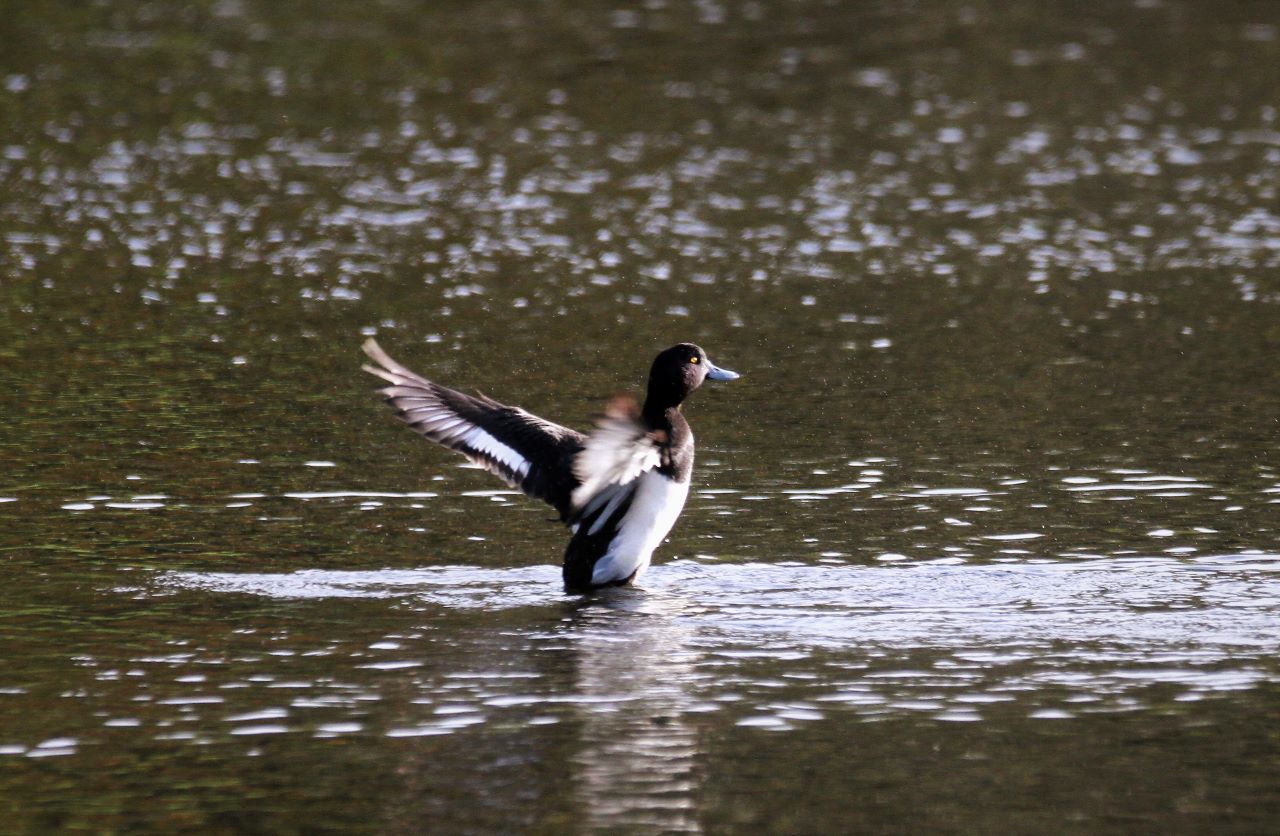
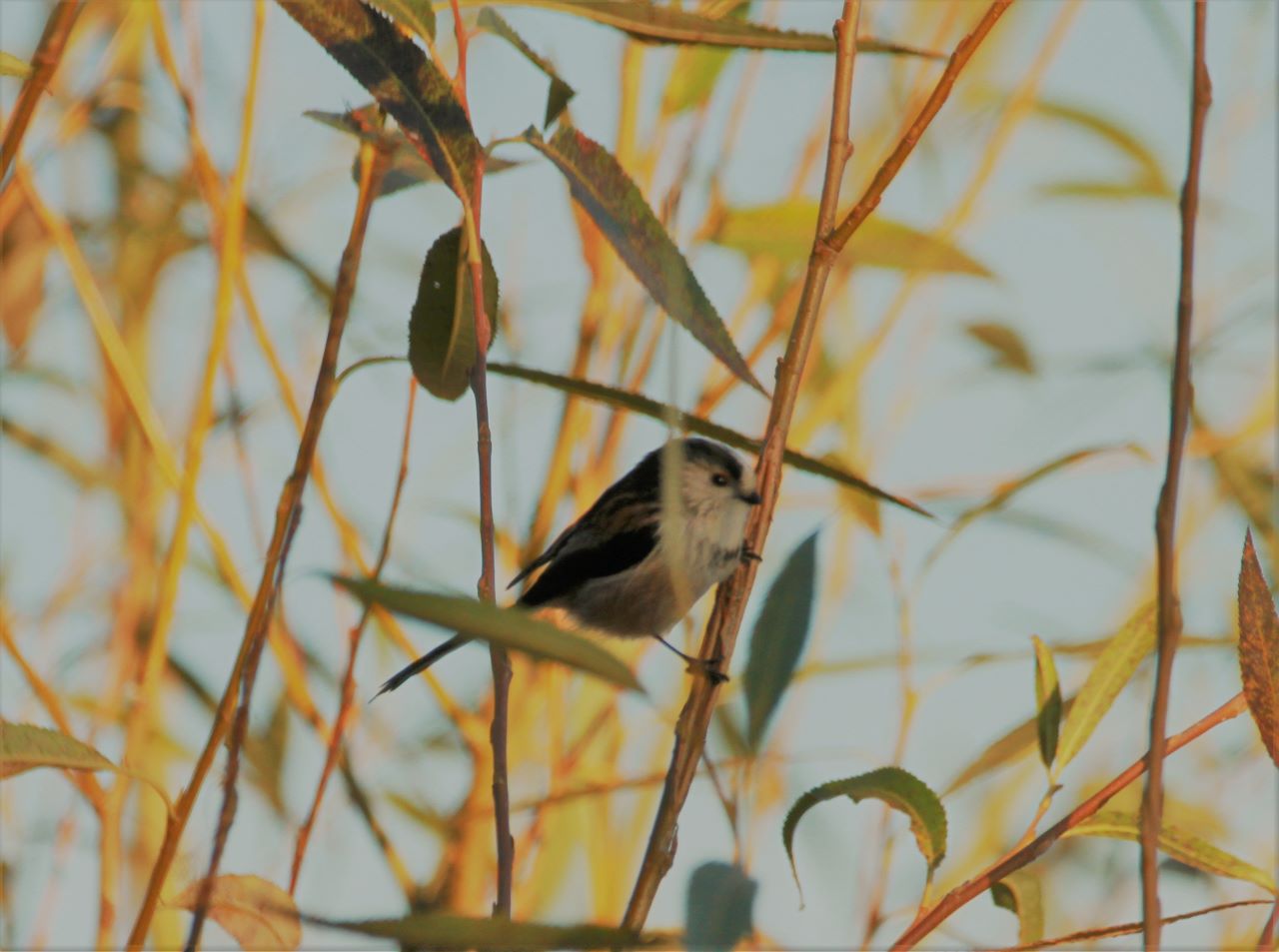
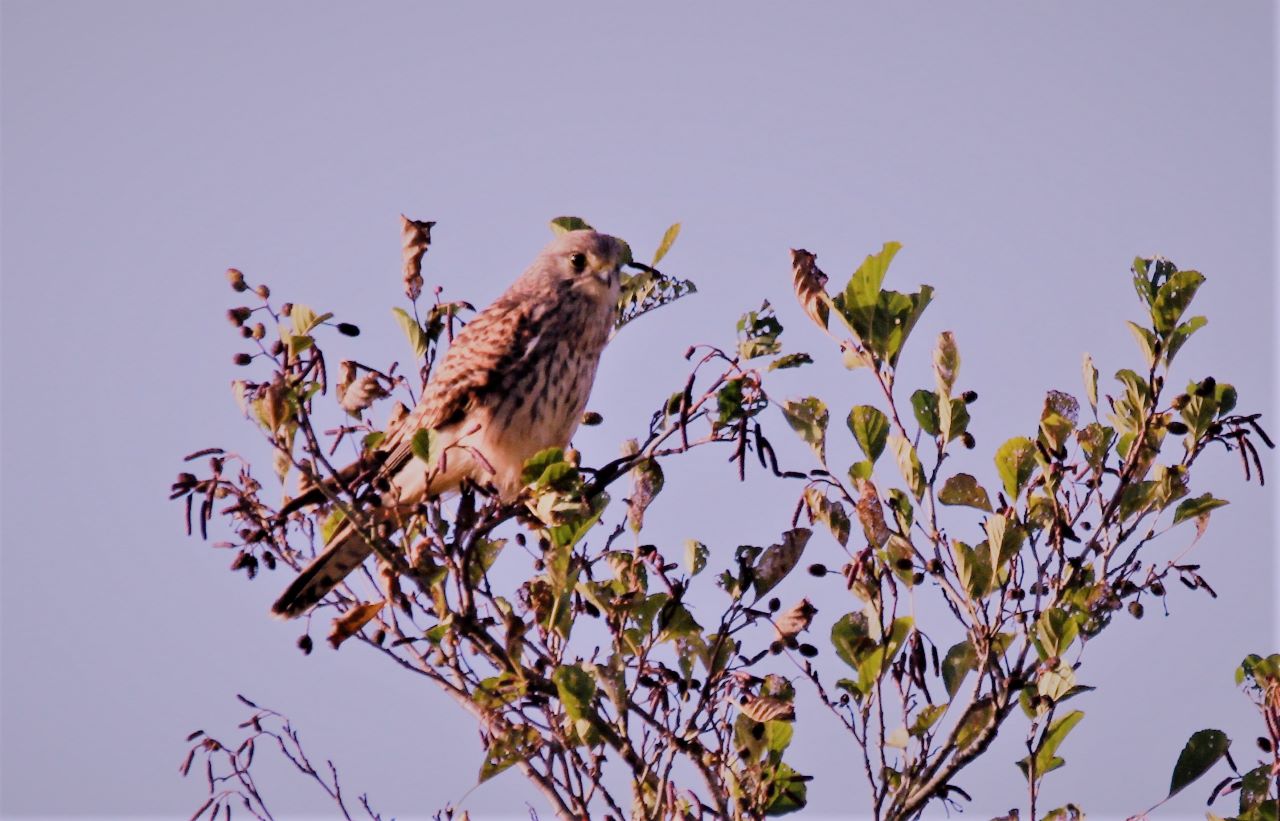


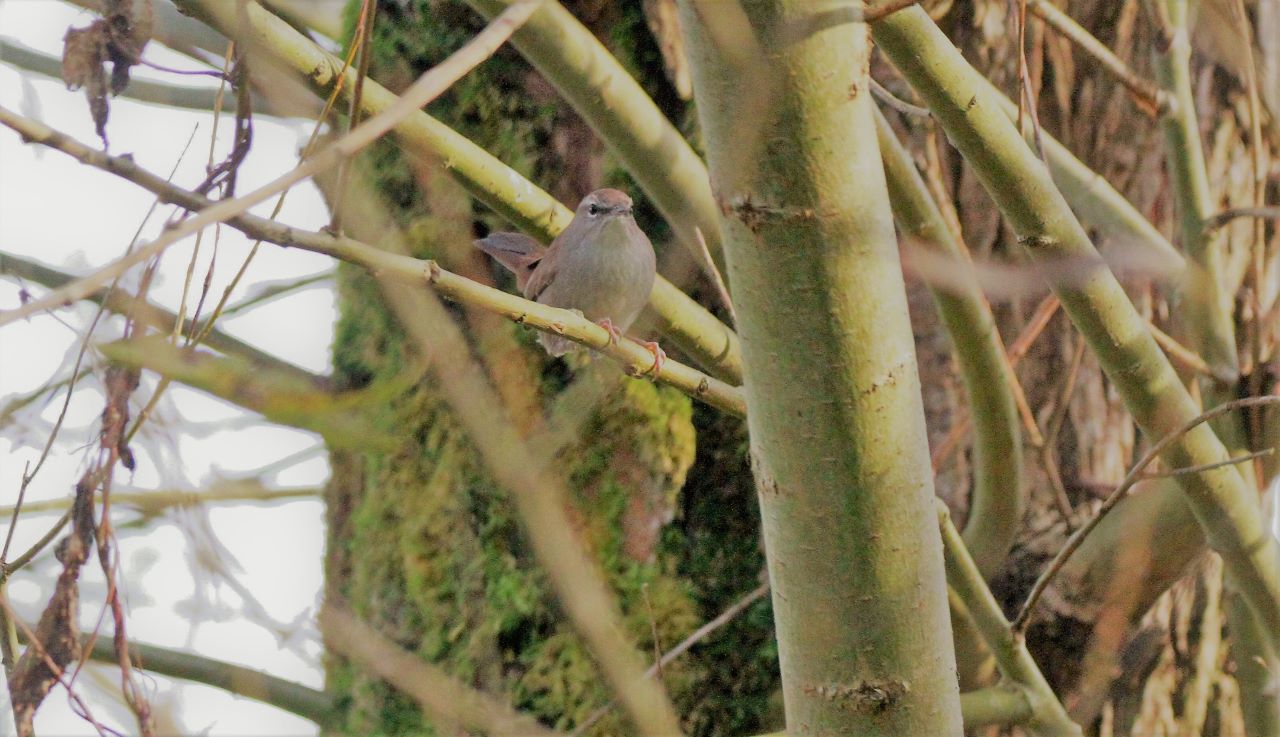






Jan Messinger
November 17, 2021 at 9:10 pm
Amazing as always and love the fact Worplesdon has so many beautiful birds and wildlife on offer on the heathland and local landscapes.